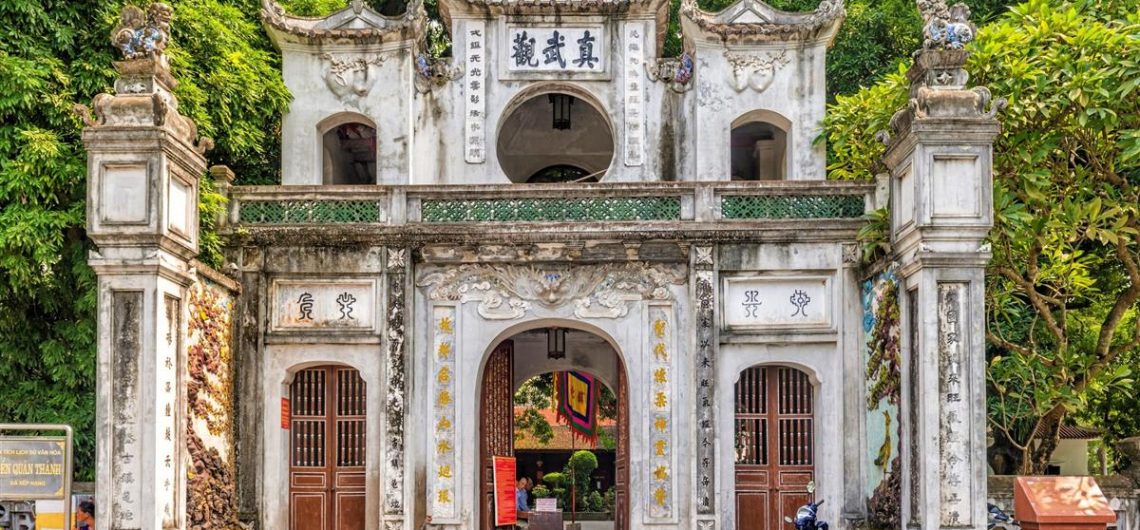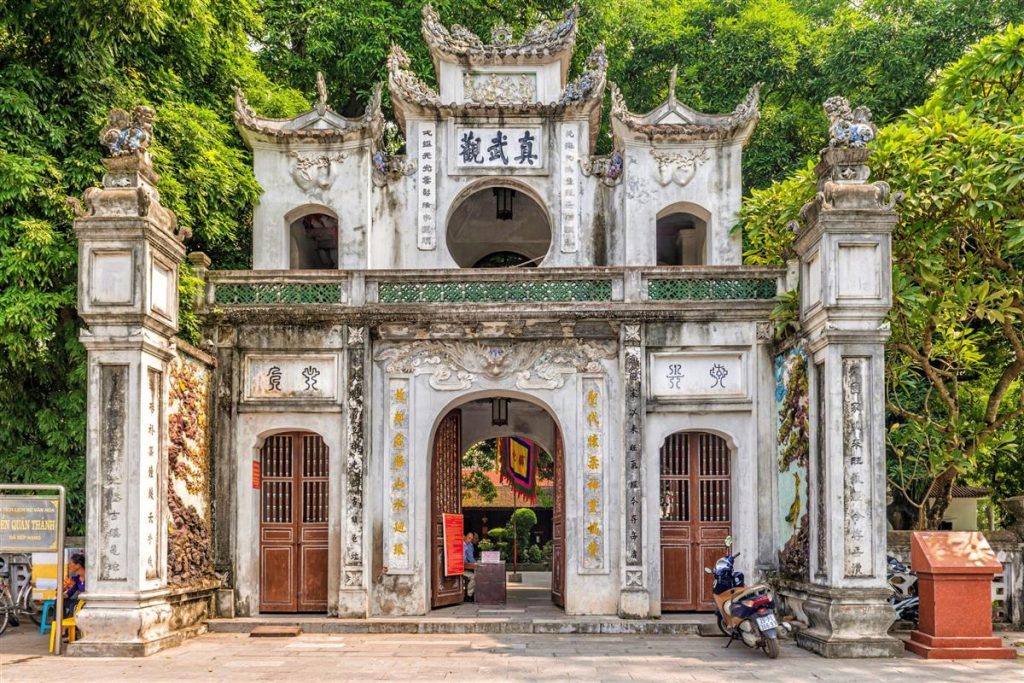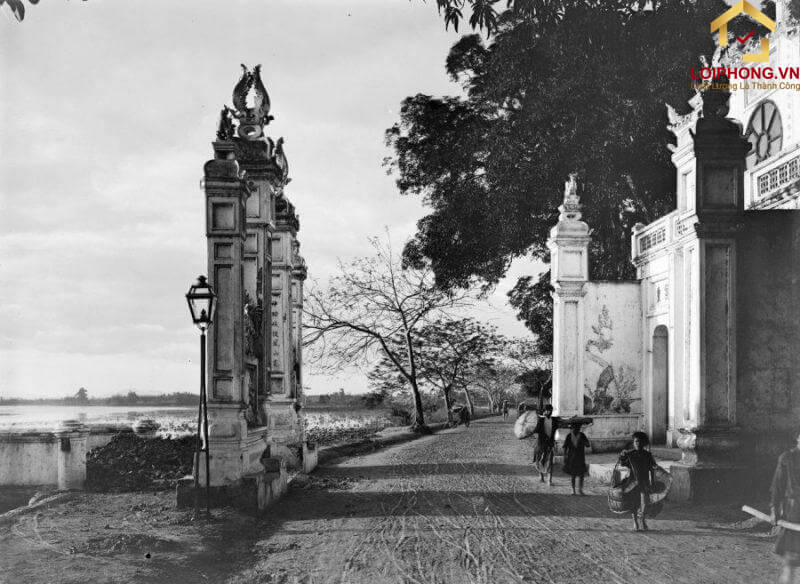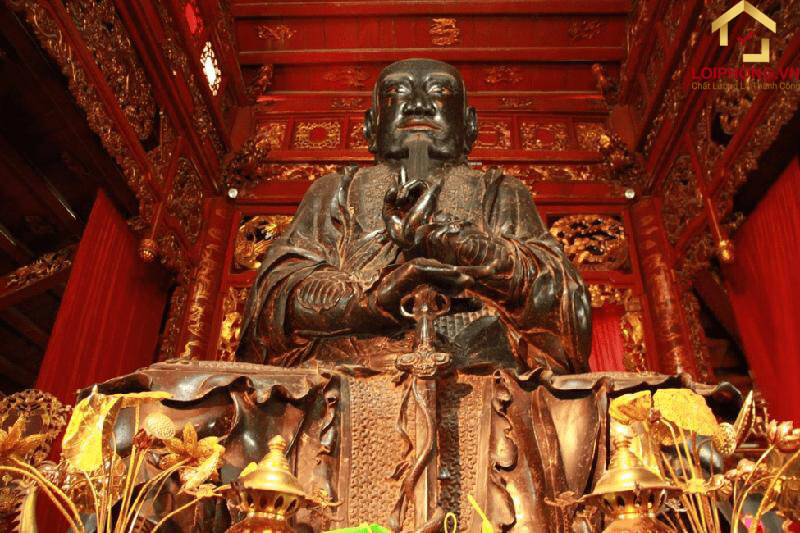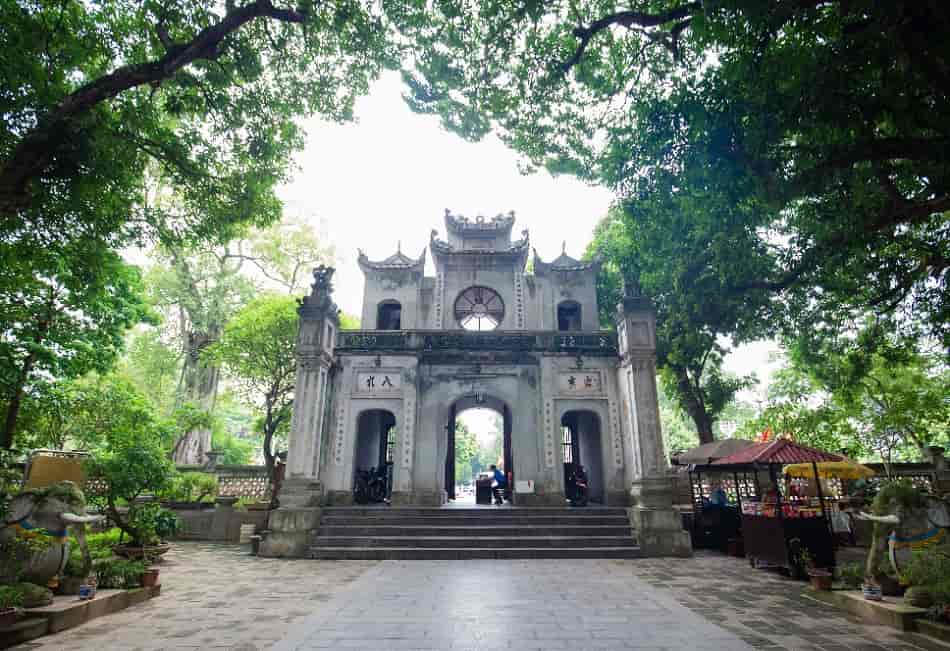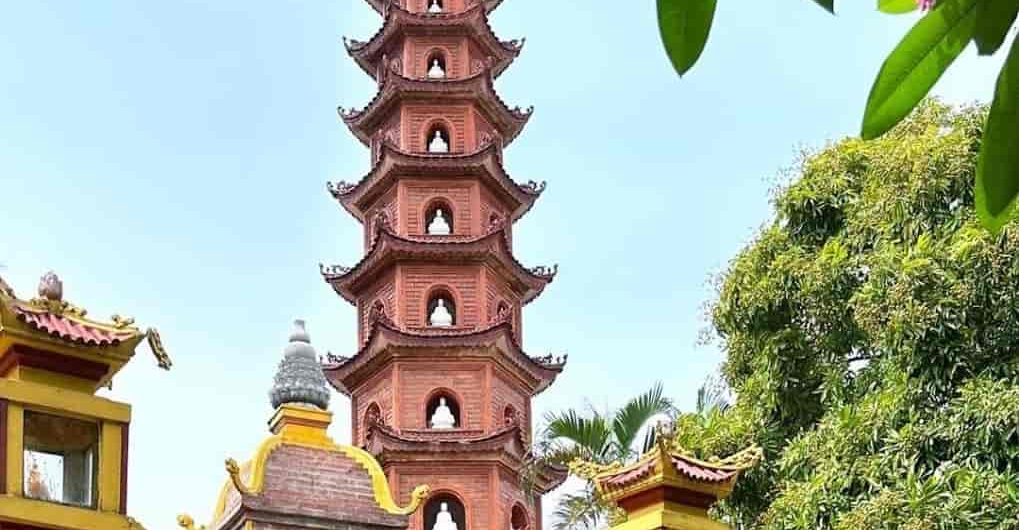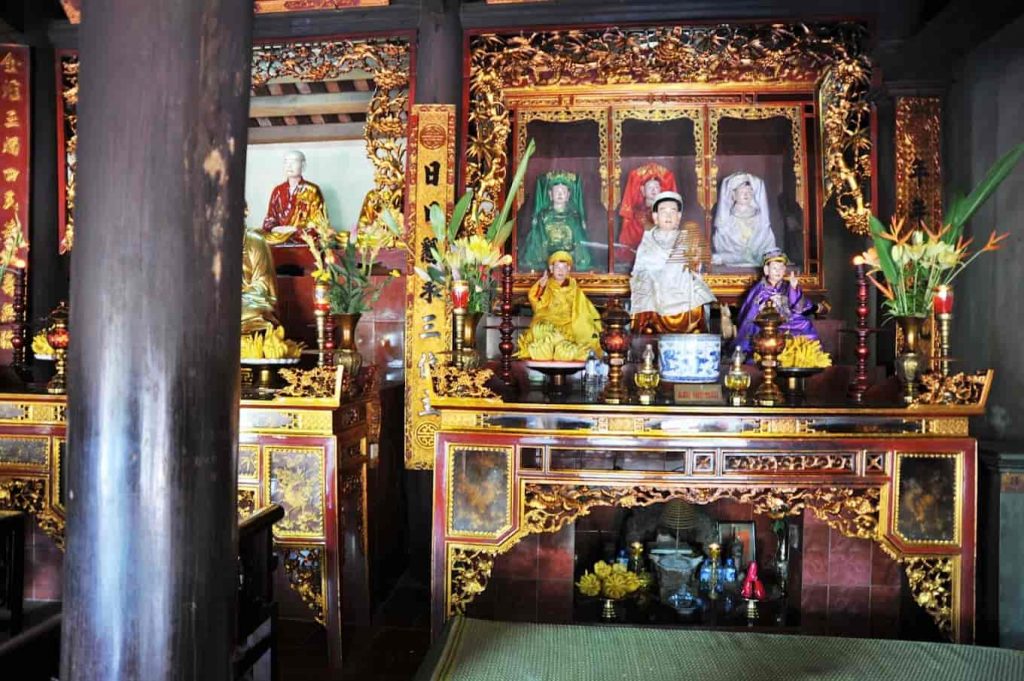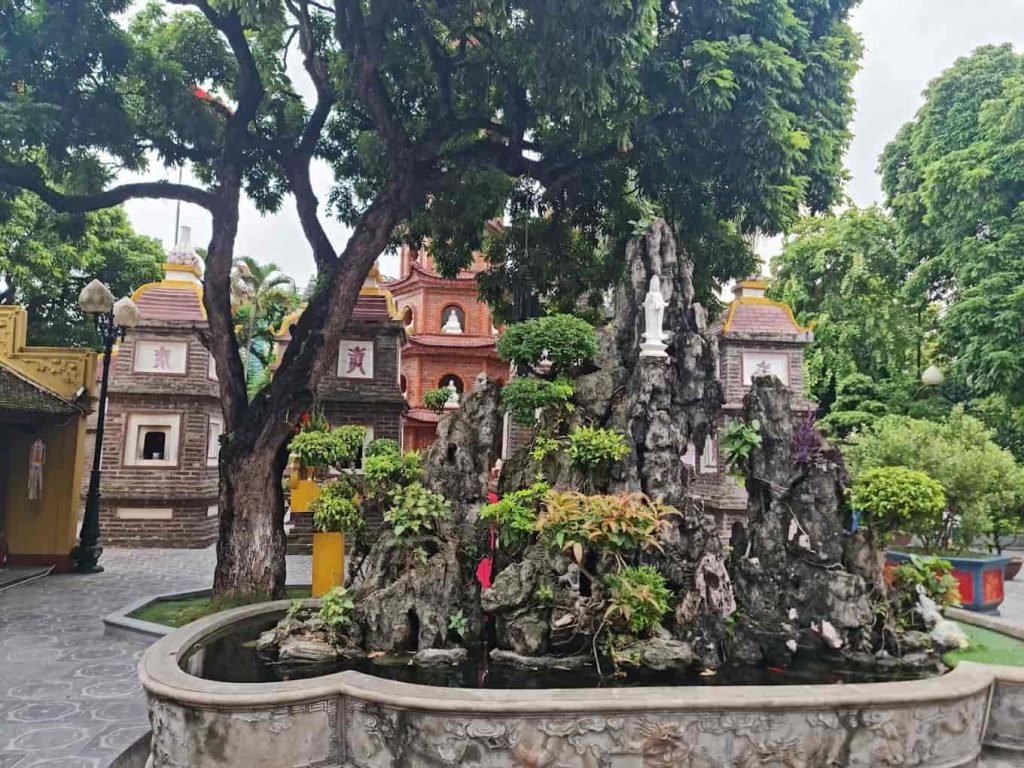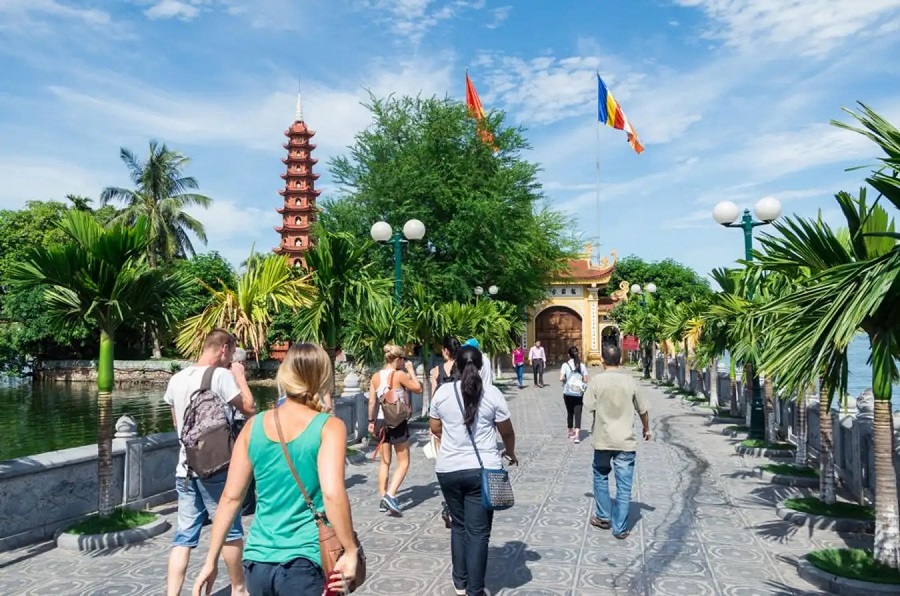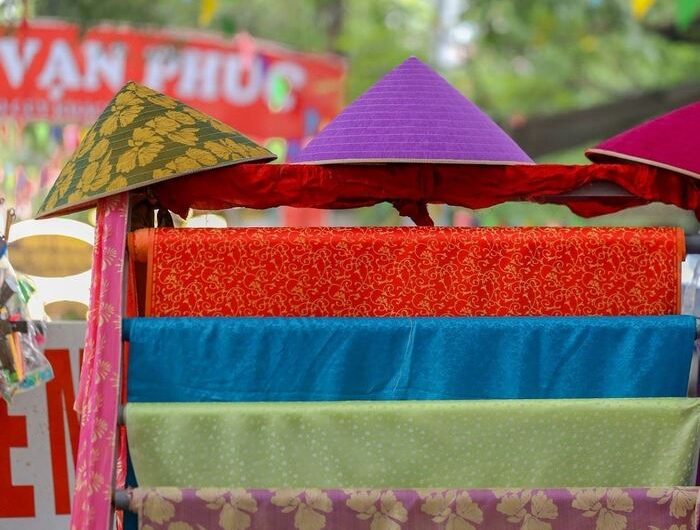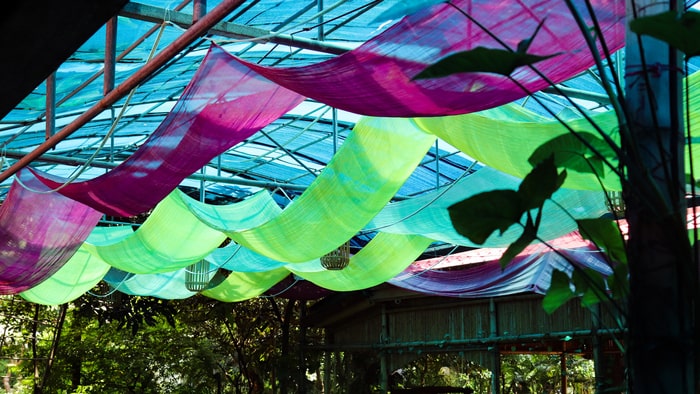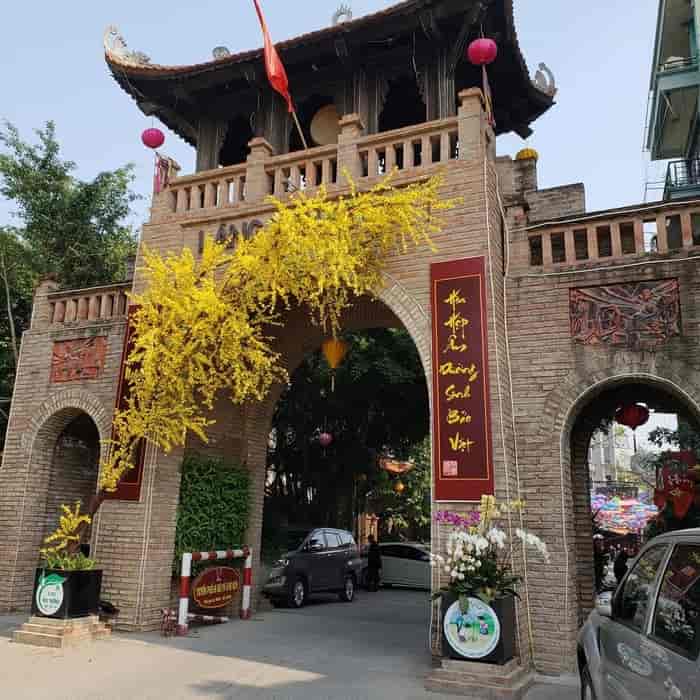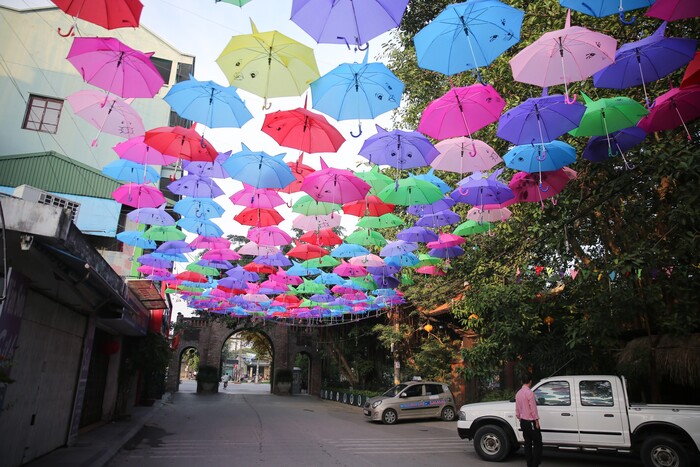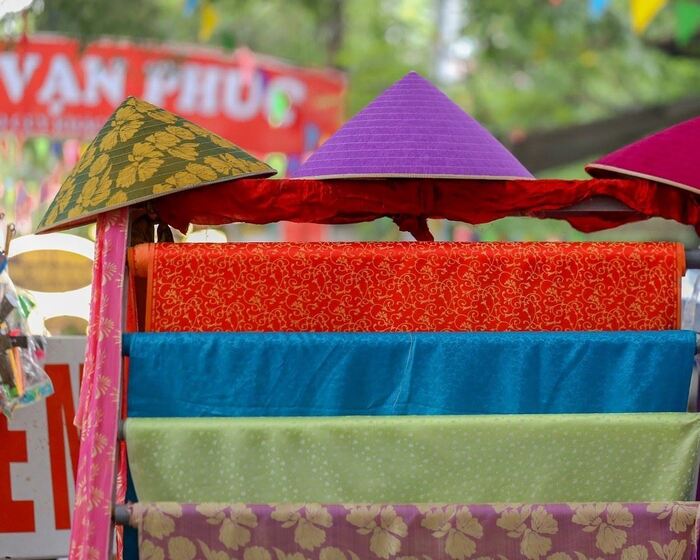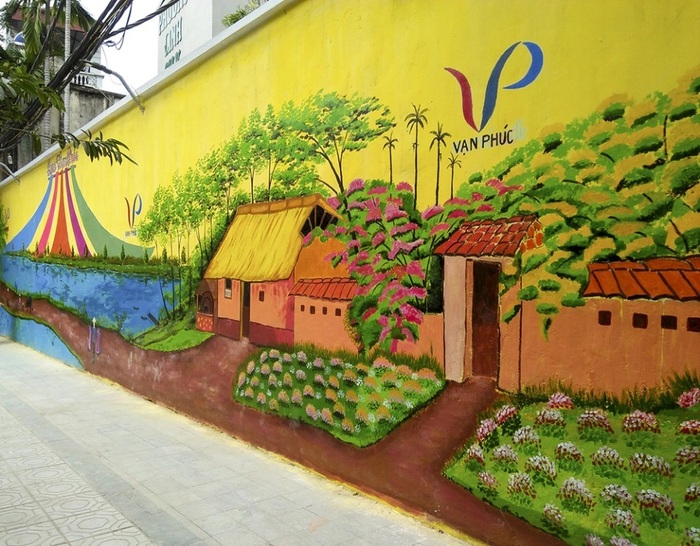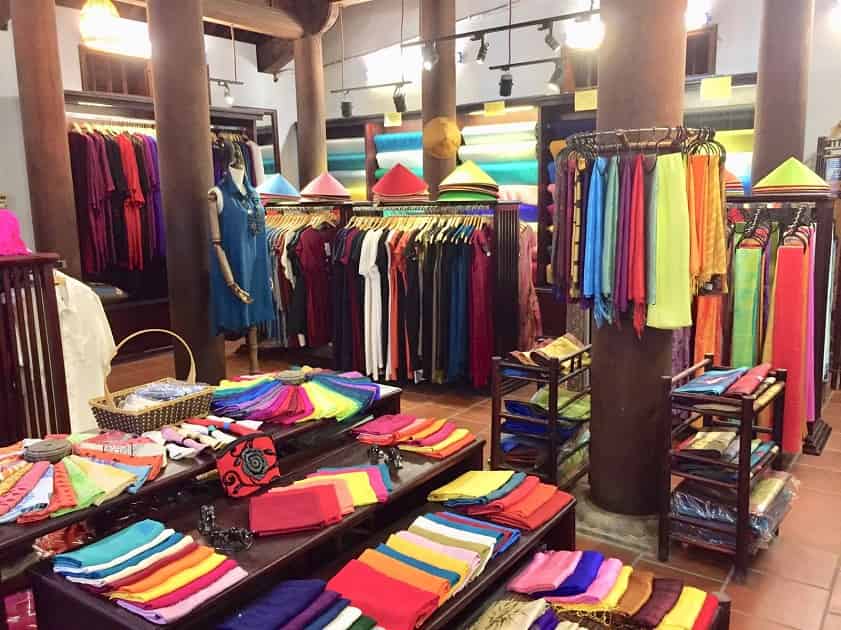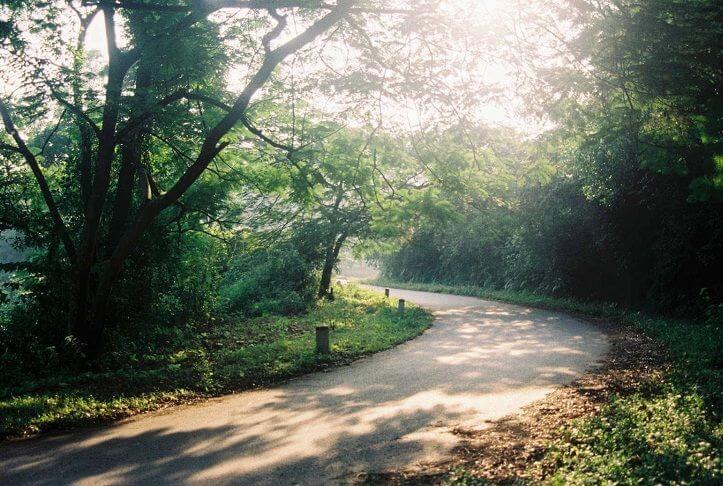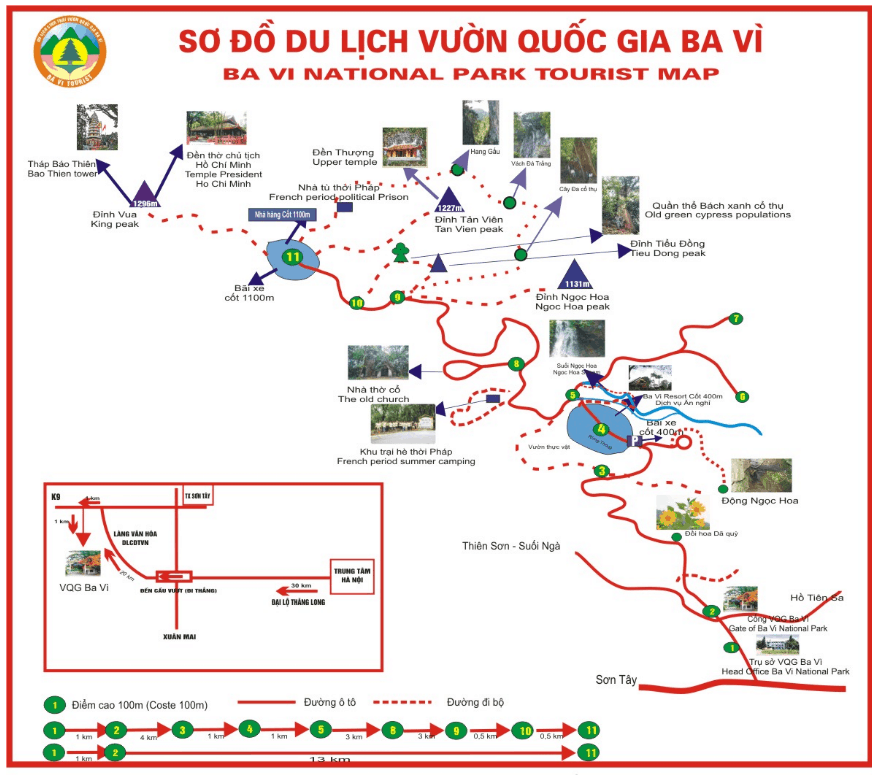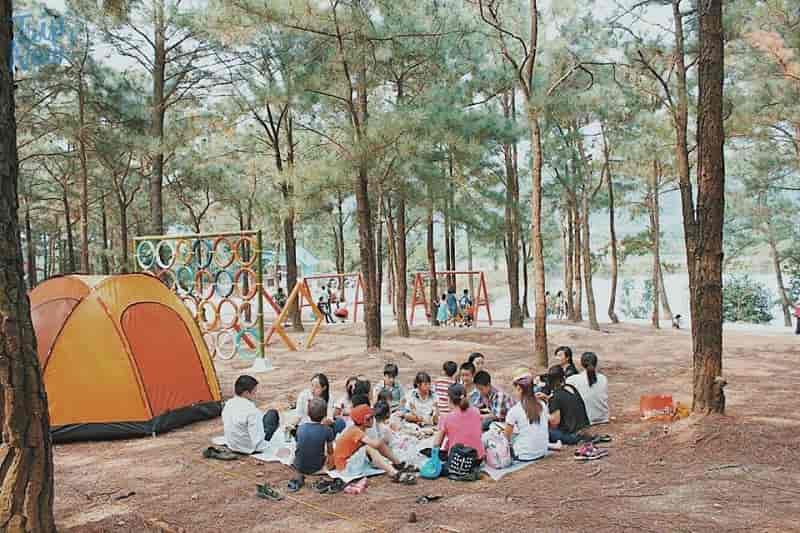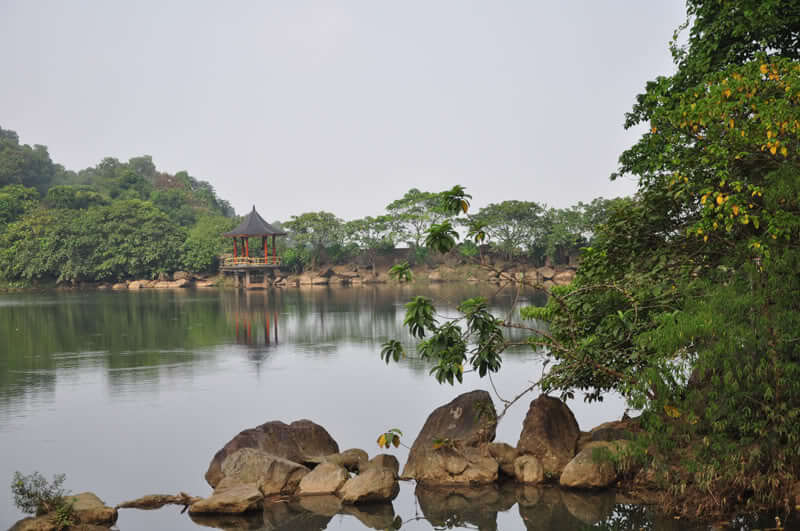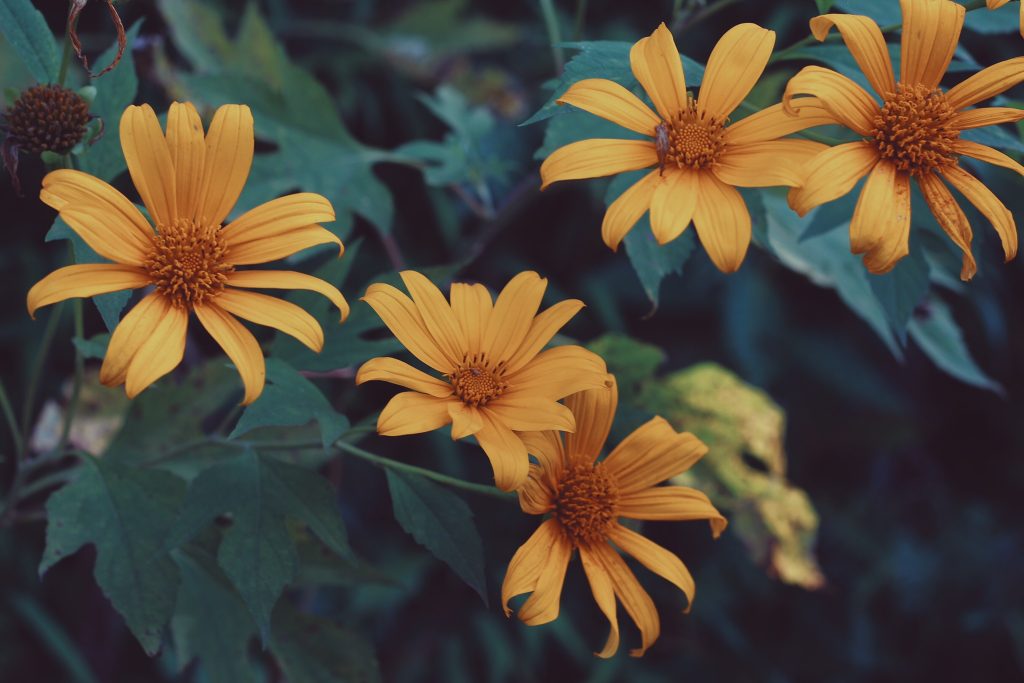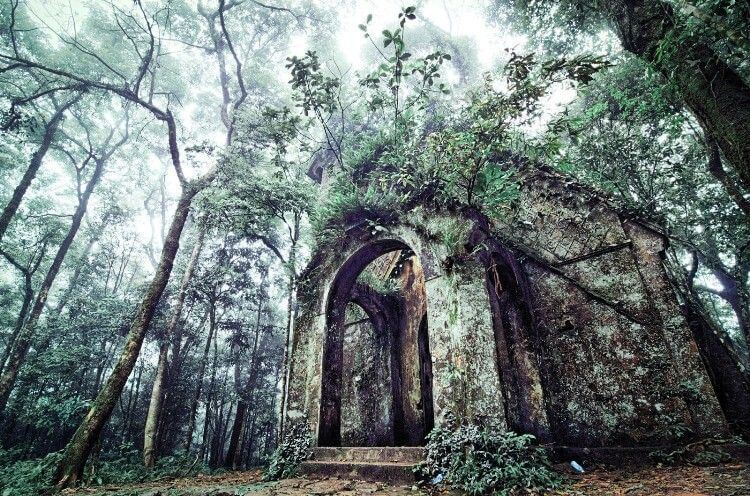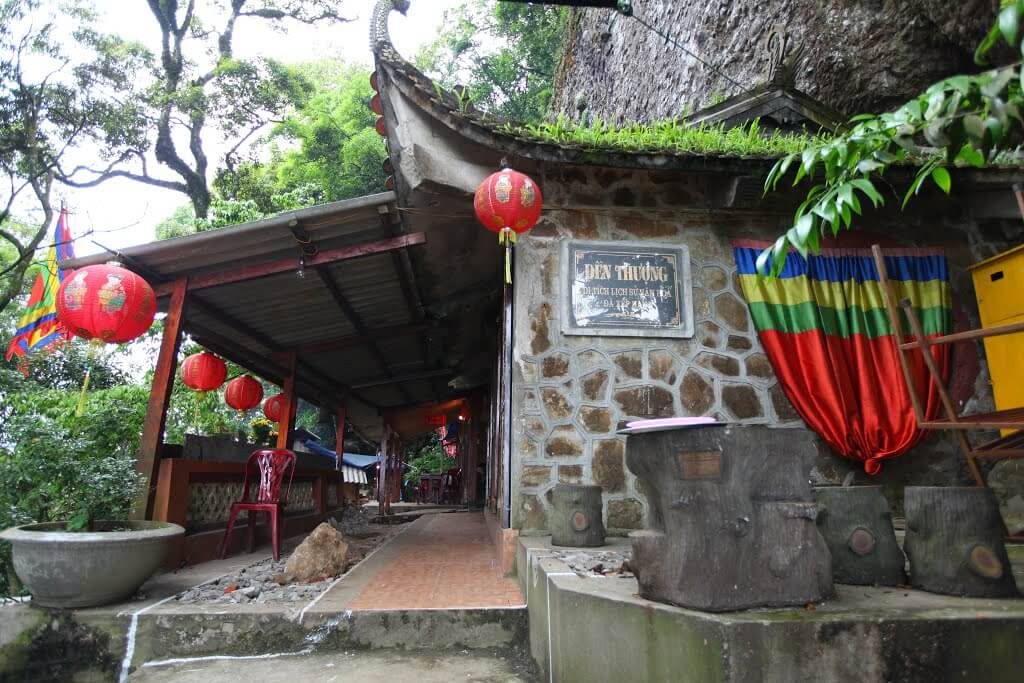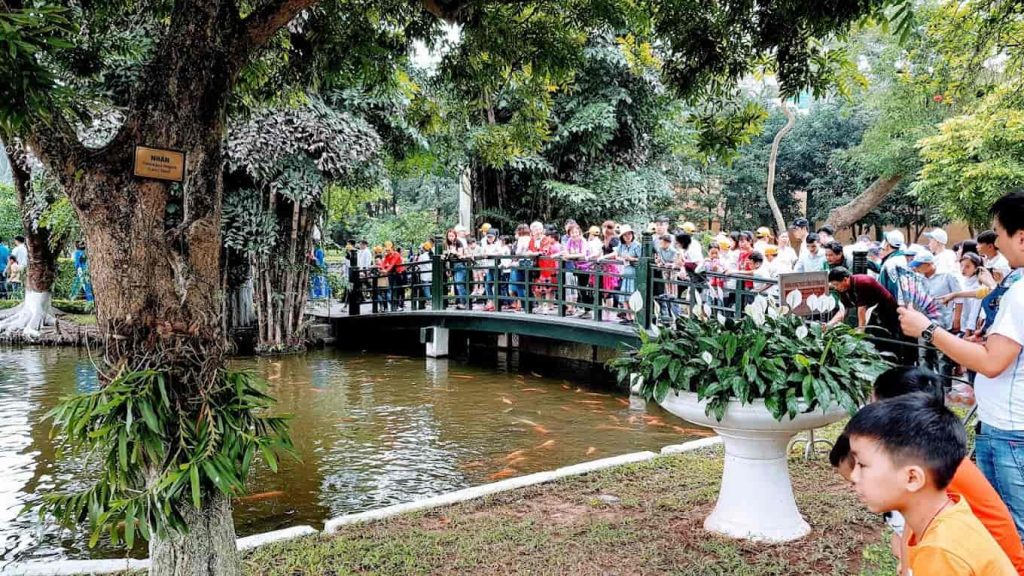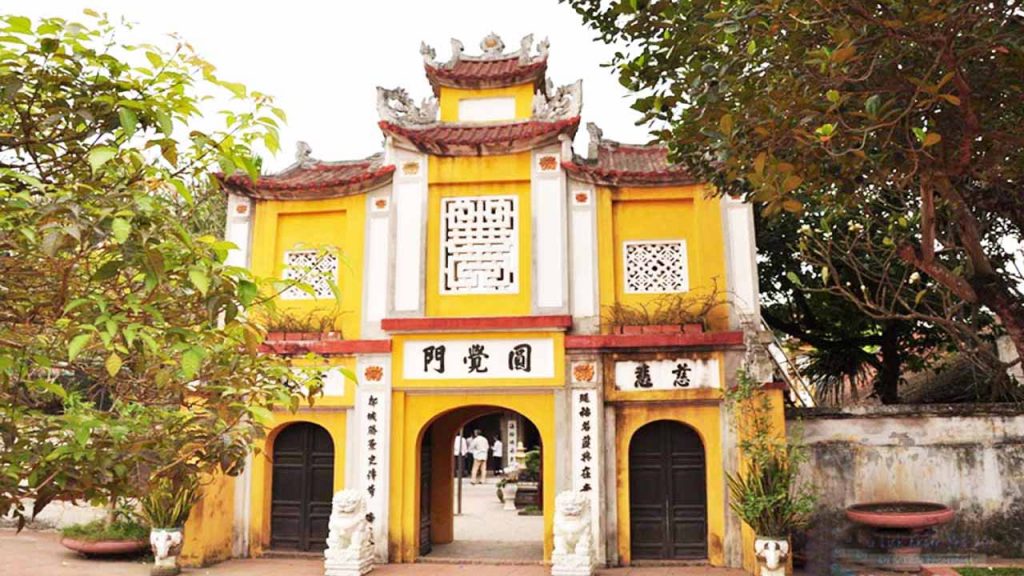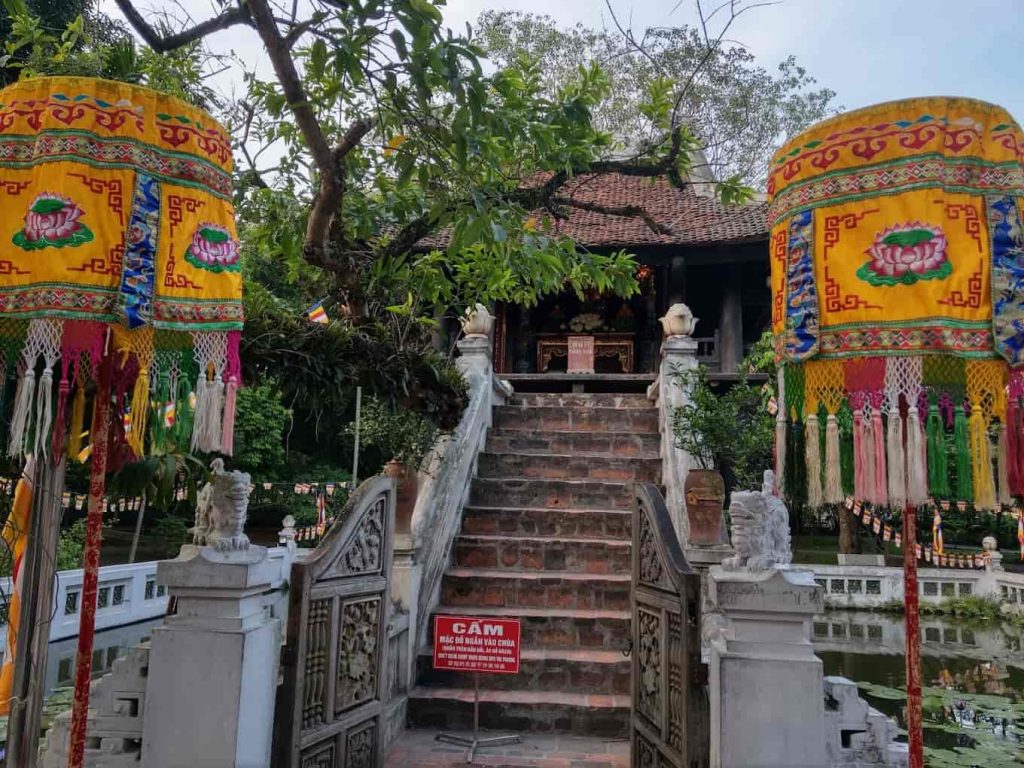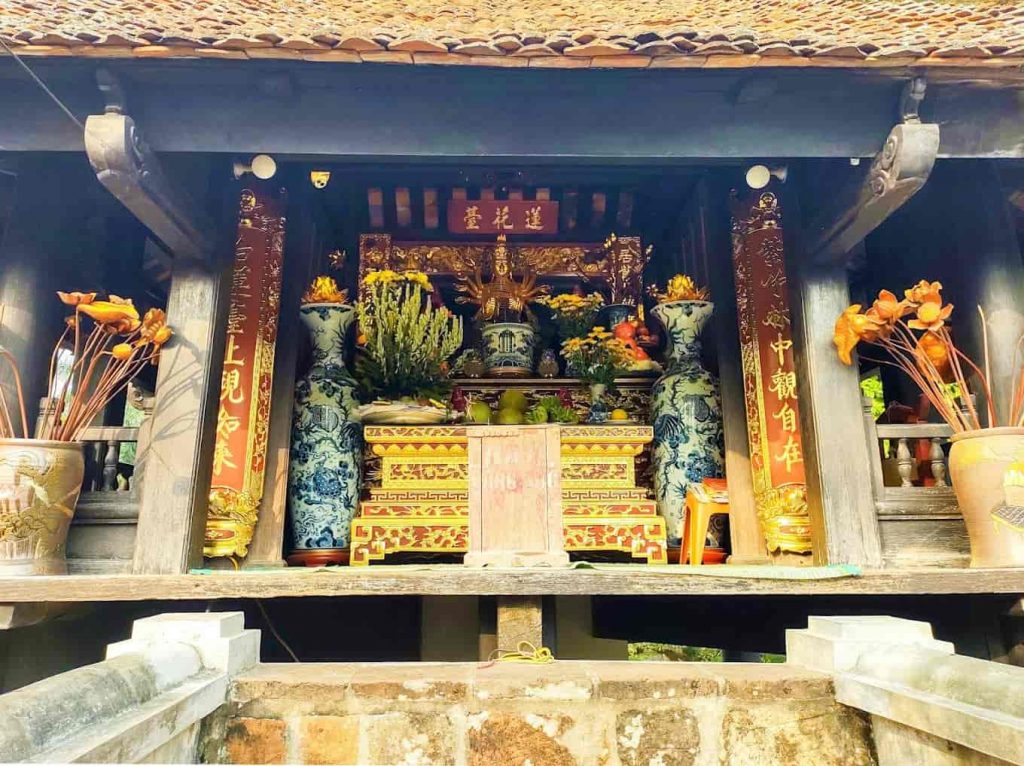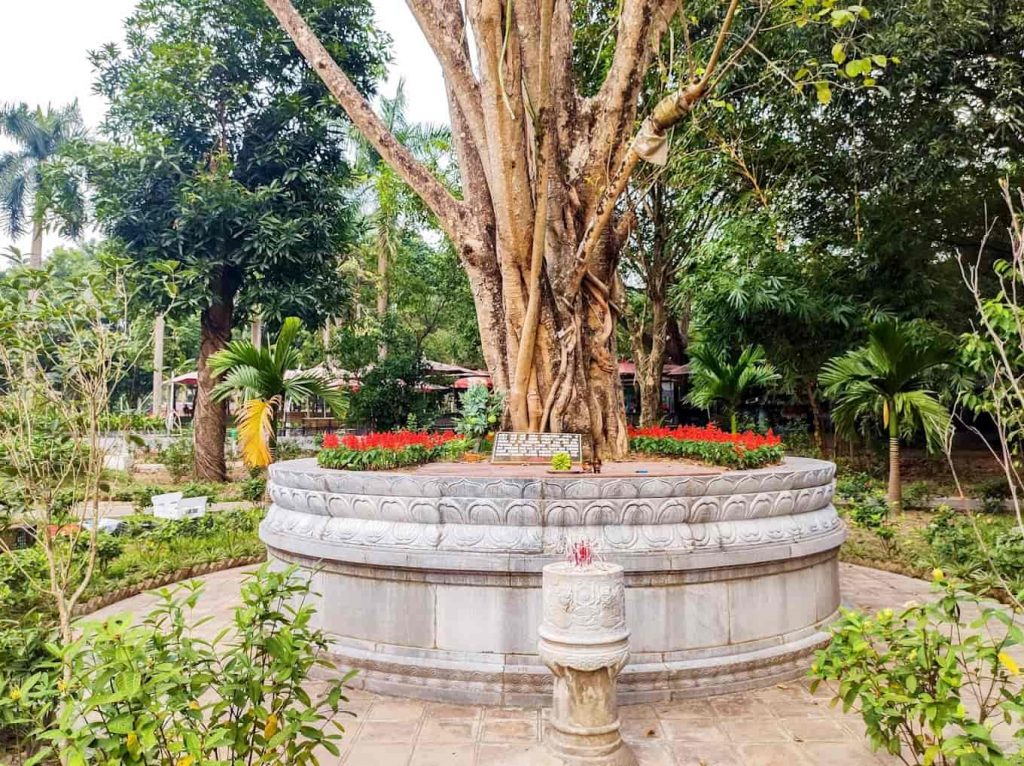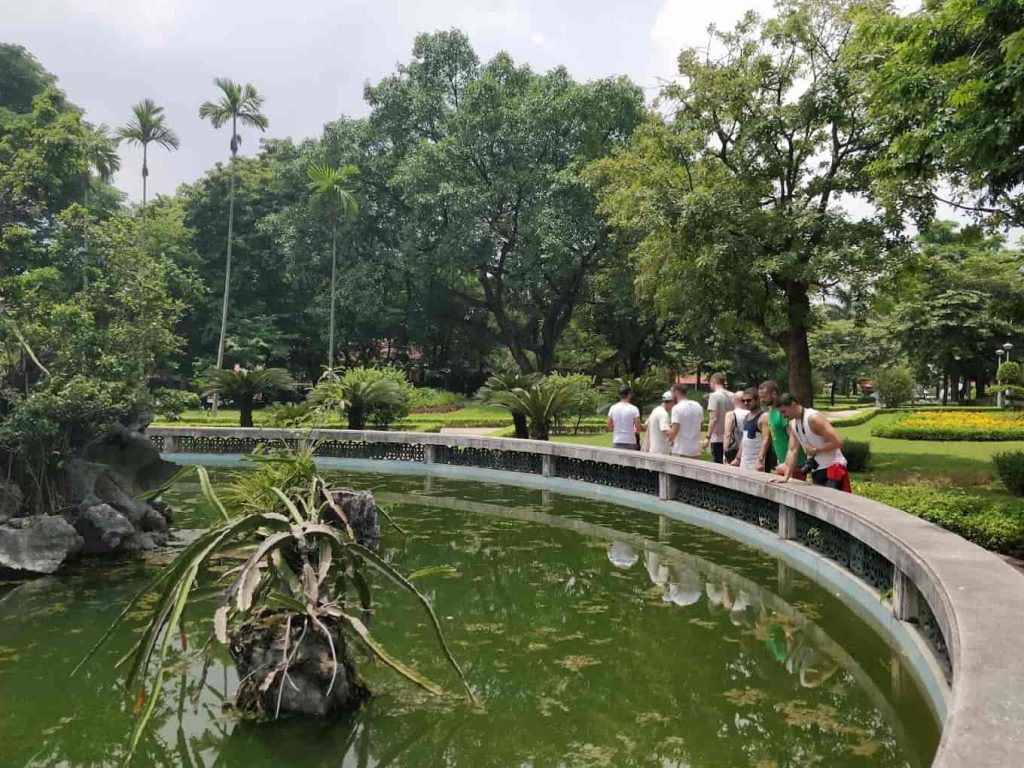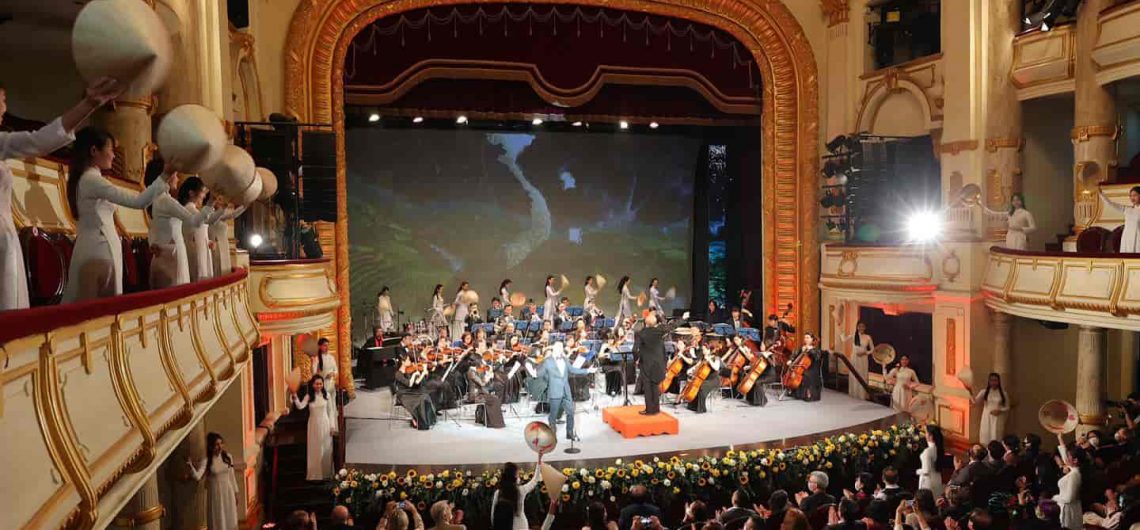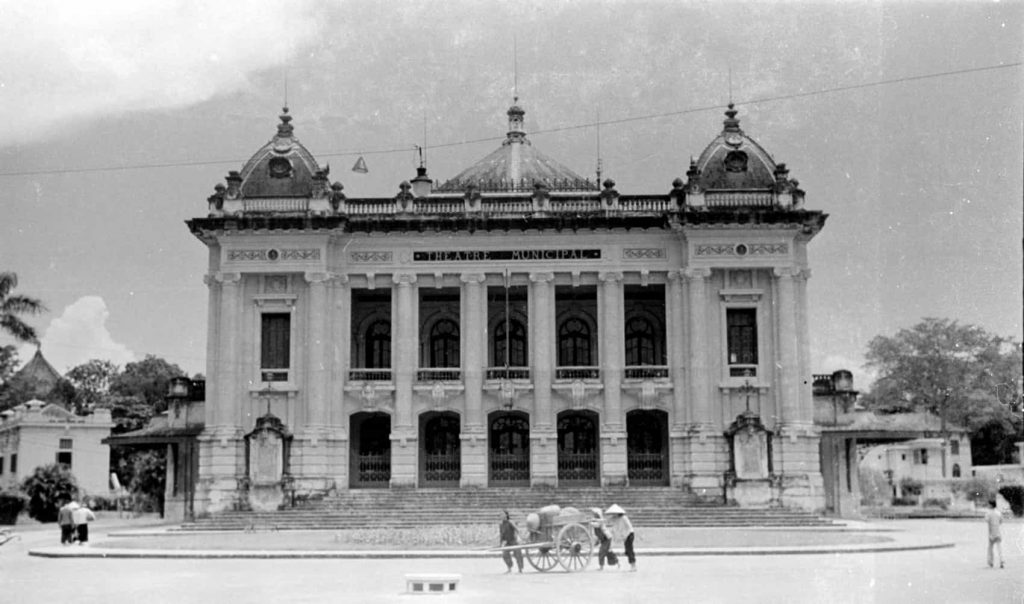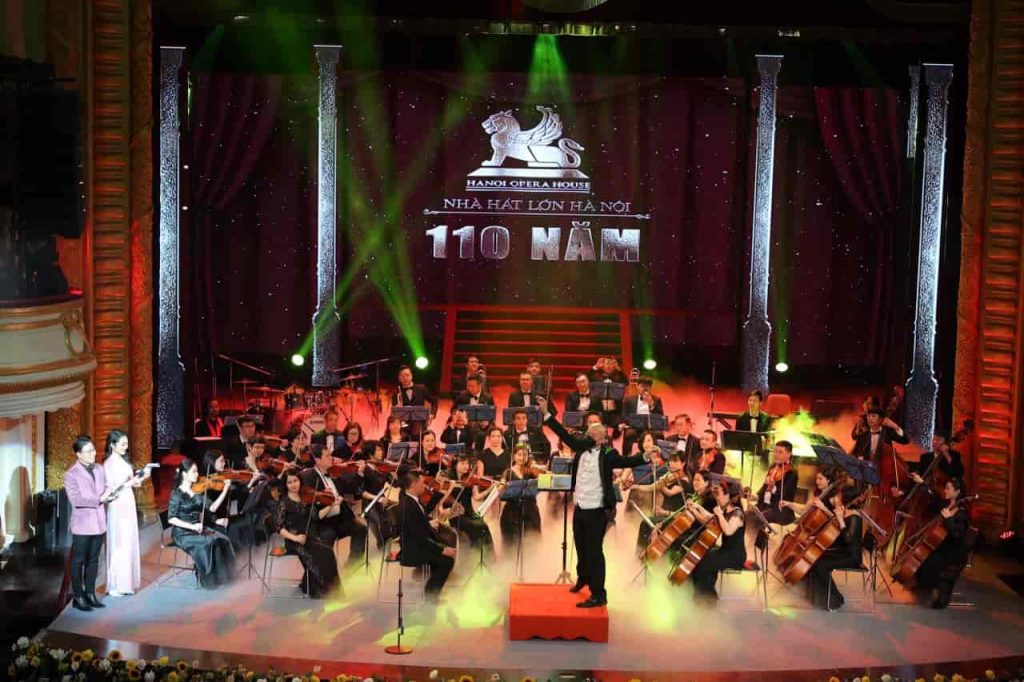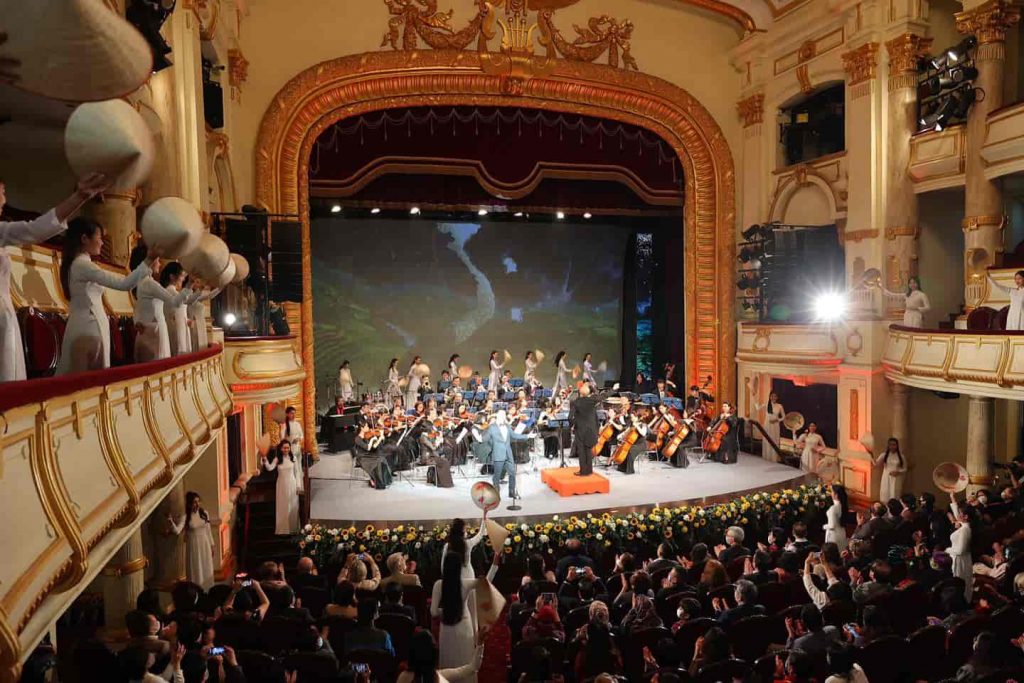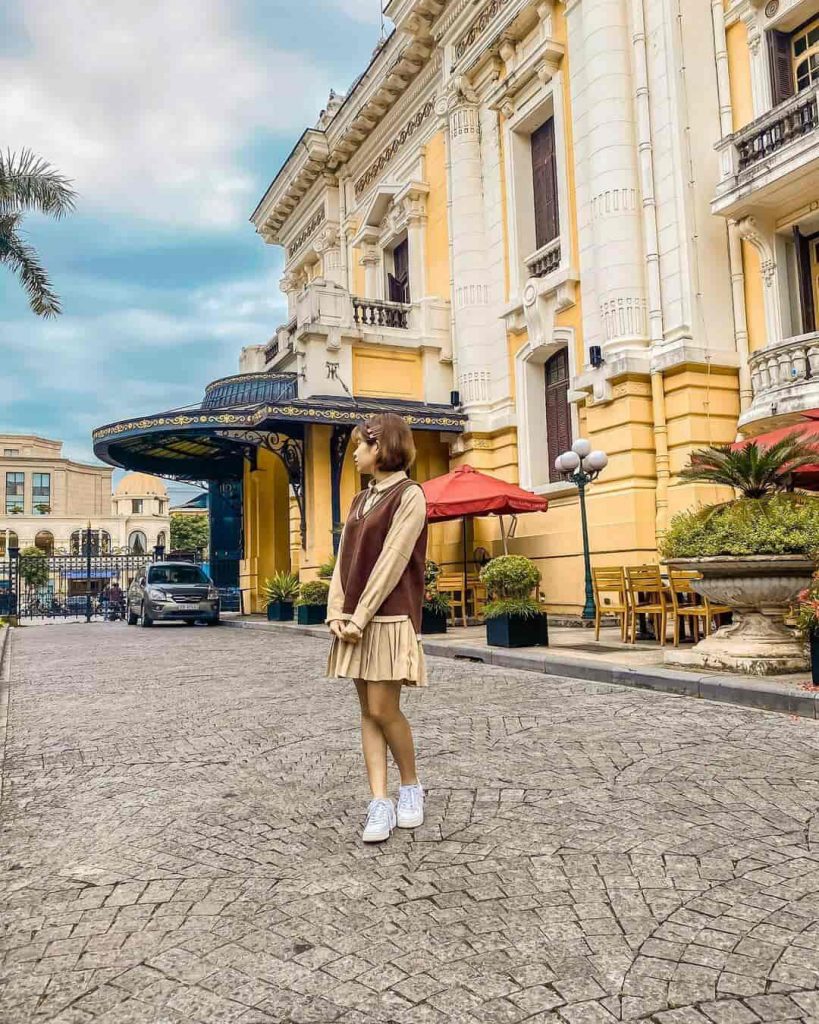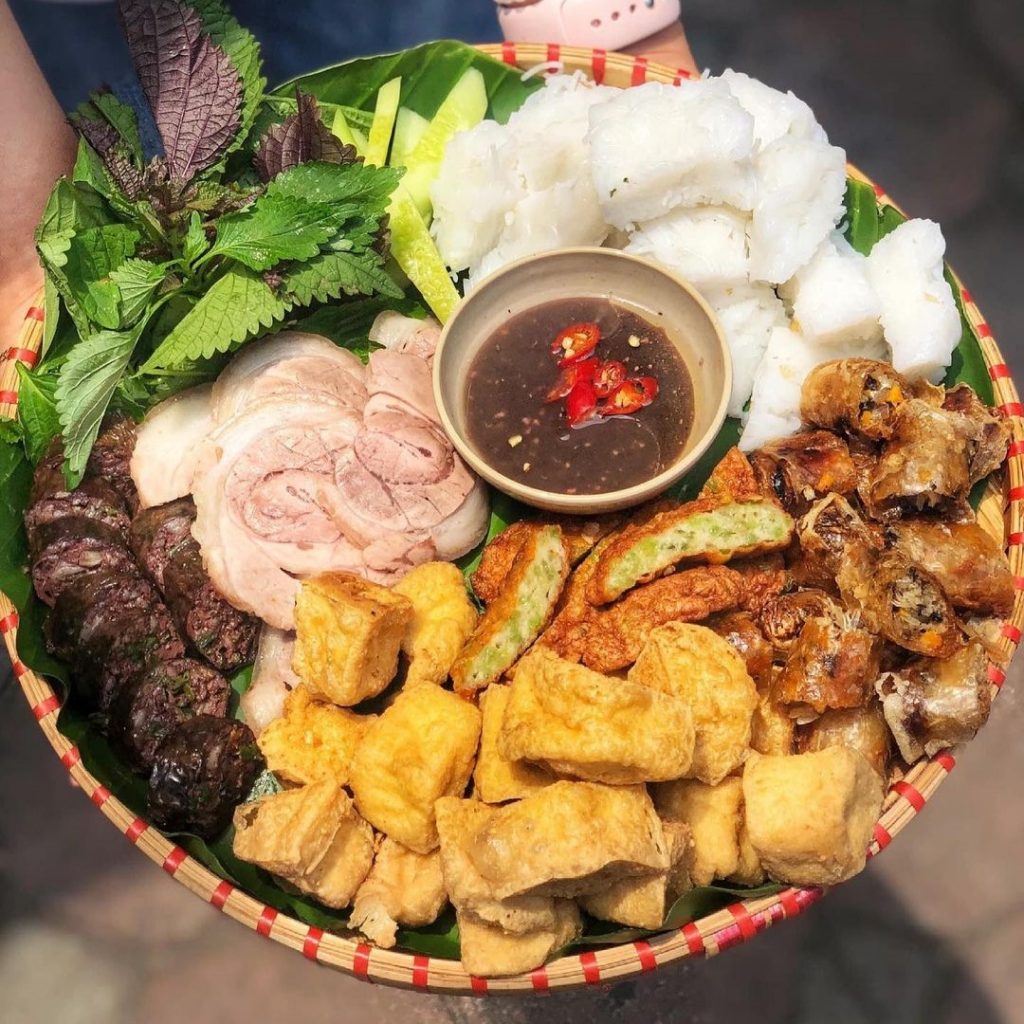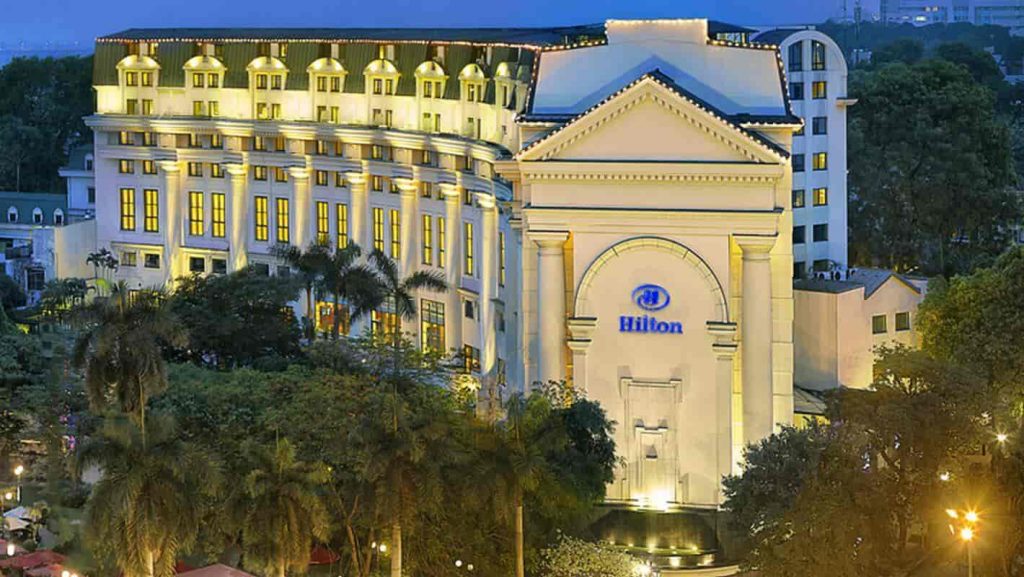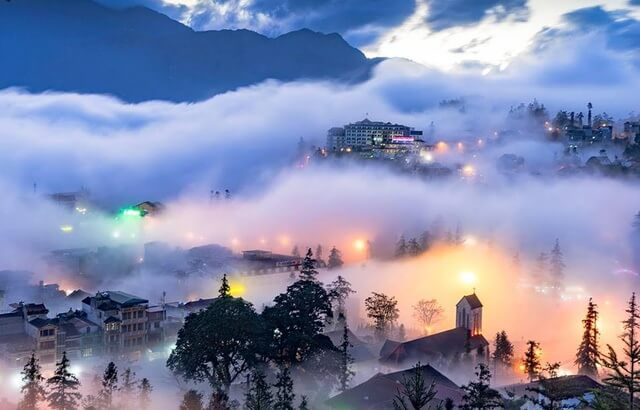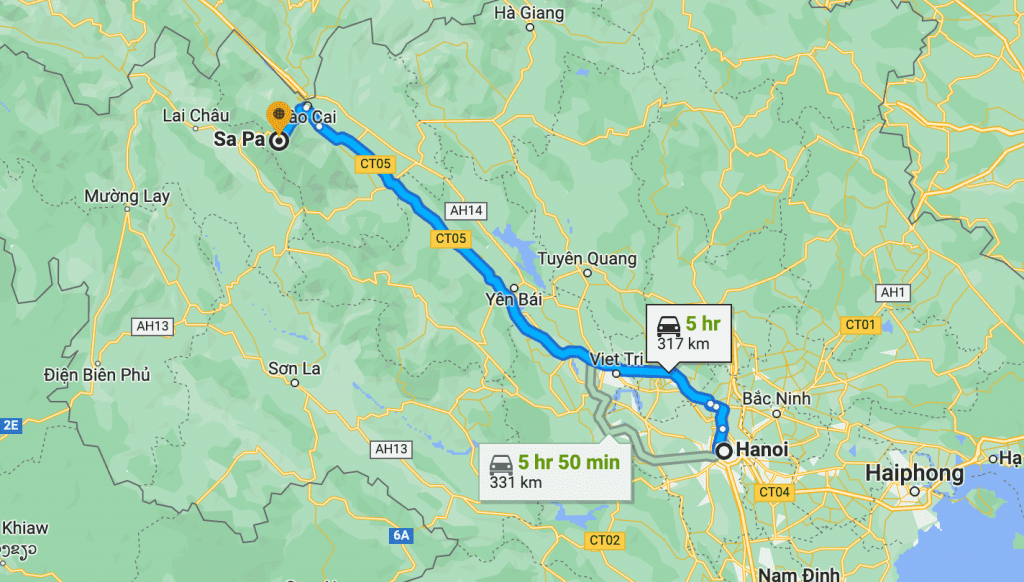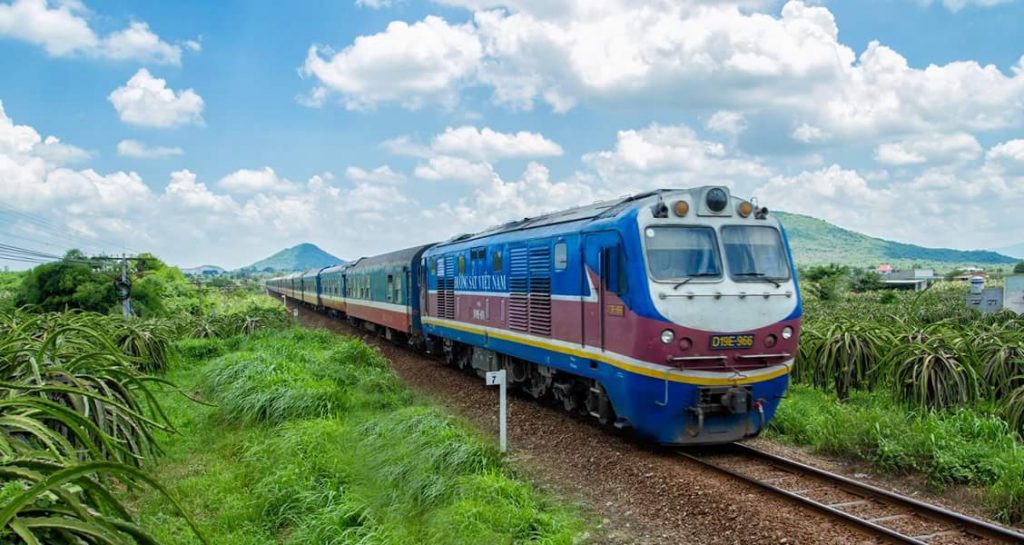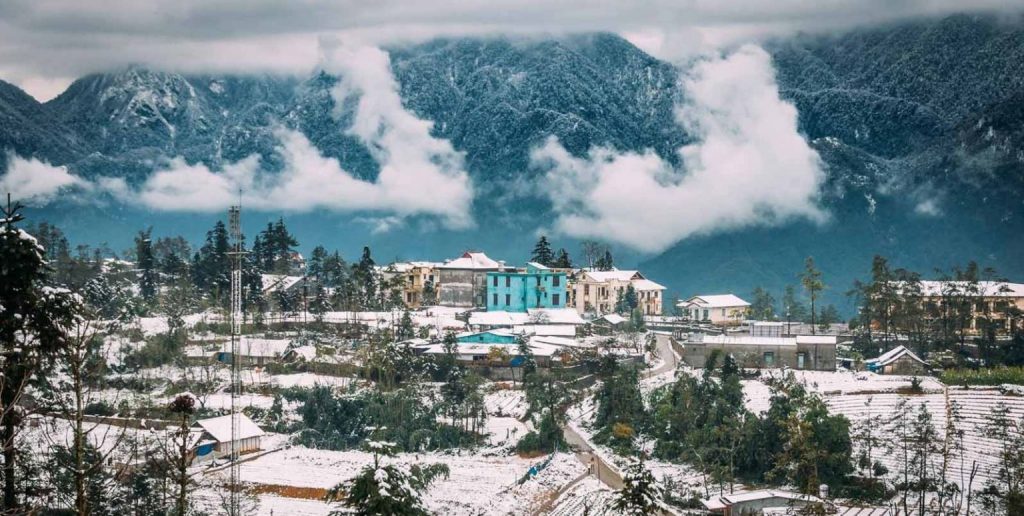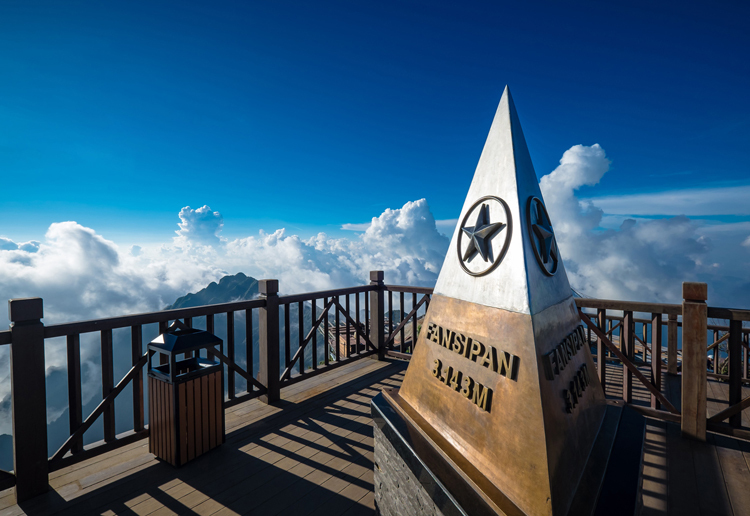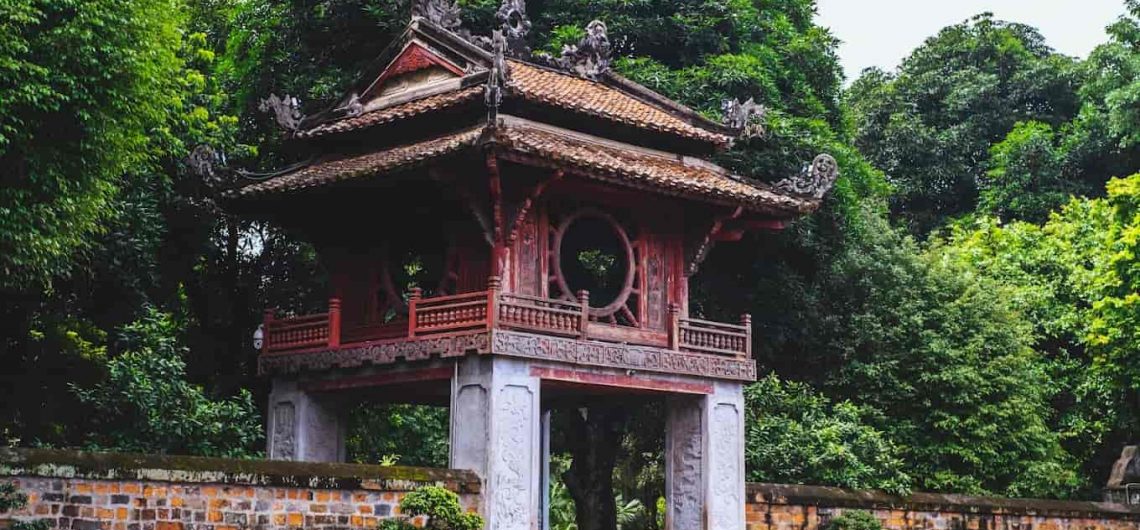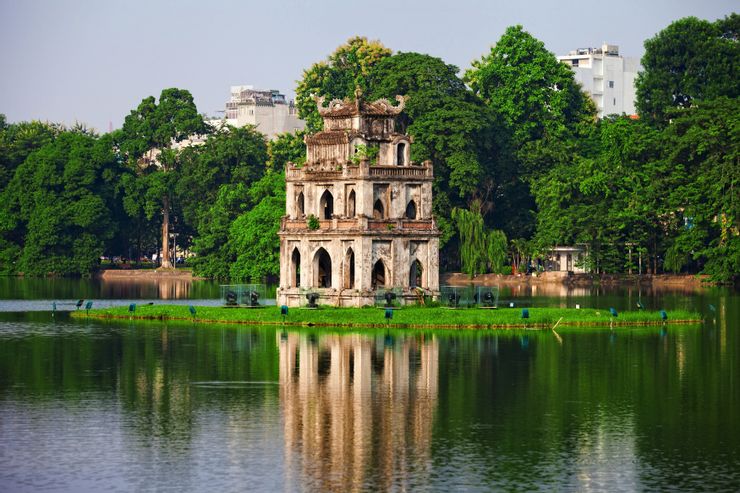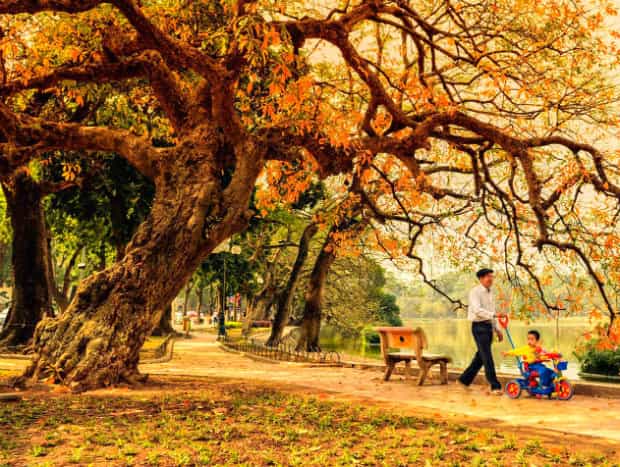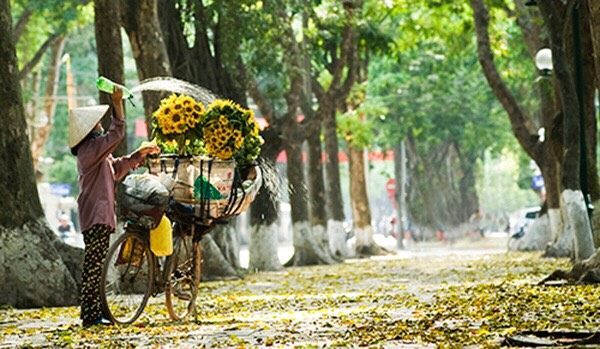Hanoi – a destination no longer unfamiliar to travelers from all corners of the world. This land always carries the charming beauty of long-standing historical and cultural landmarks, as well as romantic places. Hanoi is vast, with many places to explore, and even if you visit just once, you won’t be able to discover everything. Today, Danang Private Car’s will suggest the top 20+ most beautiful and attractive tourist destinations in Hanoi for 2023 that will surely leave you in awe.
The names we present below may not be entirely new, but they are still considered the top places to visit in Hanoi in 2023 that you cannot miss.
Top 20+ most attractive Hanoi tourist destinations in 2023
Touring Hanoi with historical sites, culture, and ancient structures
Hoan Kiem Lake (Sword Lake)
Hoan Kiem Lake, also known as Sword Lake, is located right in the middle of the city and is often likened to the heart of the capital. This is the first destination you must visit if you don’t want to miss the opportunity to immerse yourself in the breathtaking scenery of the intersection between the ancient and the modern. It is surrounded by streets like Dinh Tien Hoang, Le Thai To, Hang Khay, and shaded by rows of trees, along with centuries-old architectural landmarks.
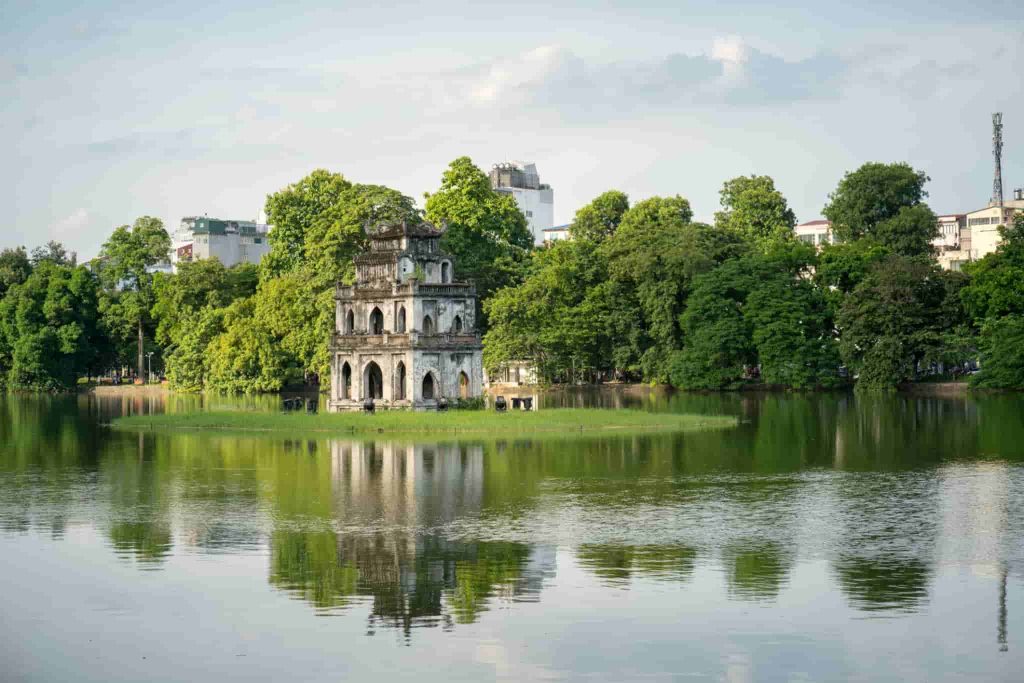
When you visit this Hanoi tourist destination, you can also explore the Huc Bridge and the Ngoc Son Temple in the middle of the lake. Especially on weekends, the surrounding streets become a pedestrian zone where various attractive activities take place, attracting a large number of local residents and tourists to experience.
- Location: Dinh Tien Hoang Street, Hoan Kiem District, Hanoi
Hanoi Old Quarter
Hanoi, despite having many bustling spots, is considered most beautiful by the locals in a place commonly known as the Hanoi Old Quarter, also known as “Hanoi’s 36 streets and guilds.” It’s only by coming here that you can truly feel the difference in the daily life of the people compared to other places. Each street represents a specific trade or merchandise (Hang Ma, Hang Duong, Hang Thiec, Hang Trong, Hang Bong, etc.). This area is also a paradise for a variety of delicious foods, including pho, bun cha, and hot rice crepes.
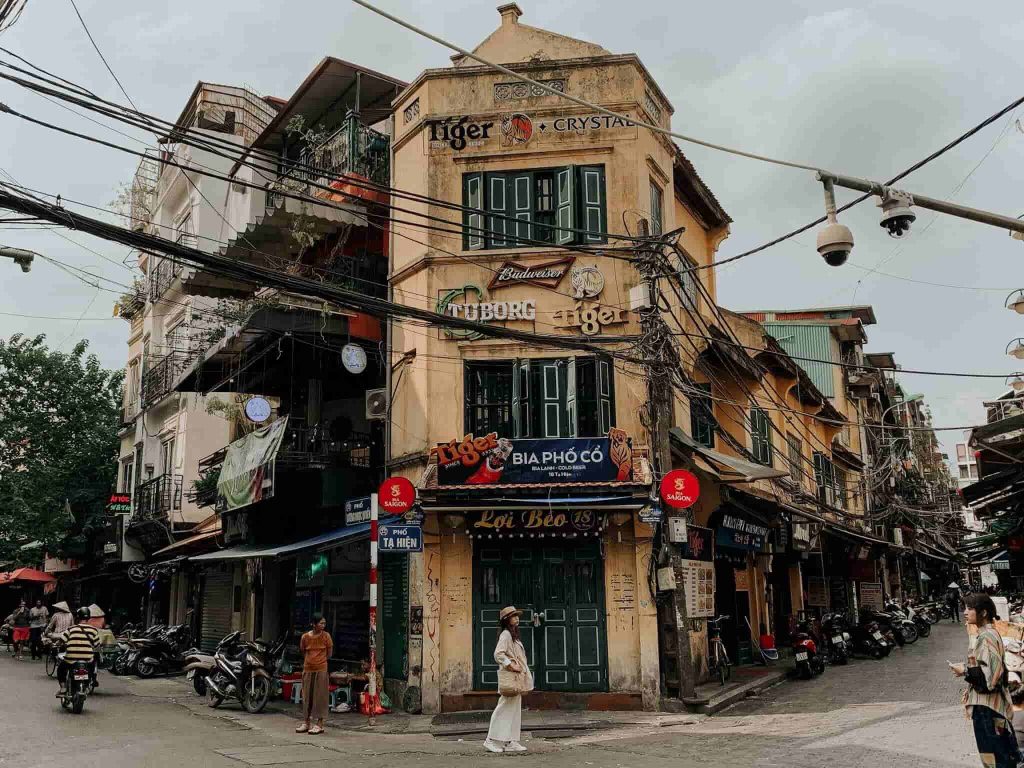
- Location: Hoan Kiem District, Hanoi
Ho Chi Minh Mausoleum and Ba Dinh Square
Visiting Ho Chi Minh Mausoleum is something everyone wishes for when touring Hanoi. The mausoleum located in Ba Dinh Square is one of the most significant tourist destinations. Here lies the preserved body of the great father of the nation. Whether it’s 2023 or many years into the future, this place remains endlessly appealing. Don’t miss the chance to witness the flag-raising ceremony every morning and see Uncle Ho in person inside the mausoleum. Within the Ho Chi Minh Complex, you can also explore the stilt house, gardens, fish pond, One Pillar Pagoda, and the Ho Chi Minh Museum.
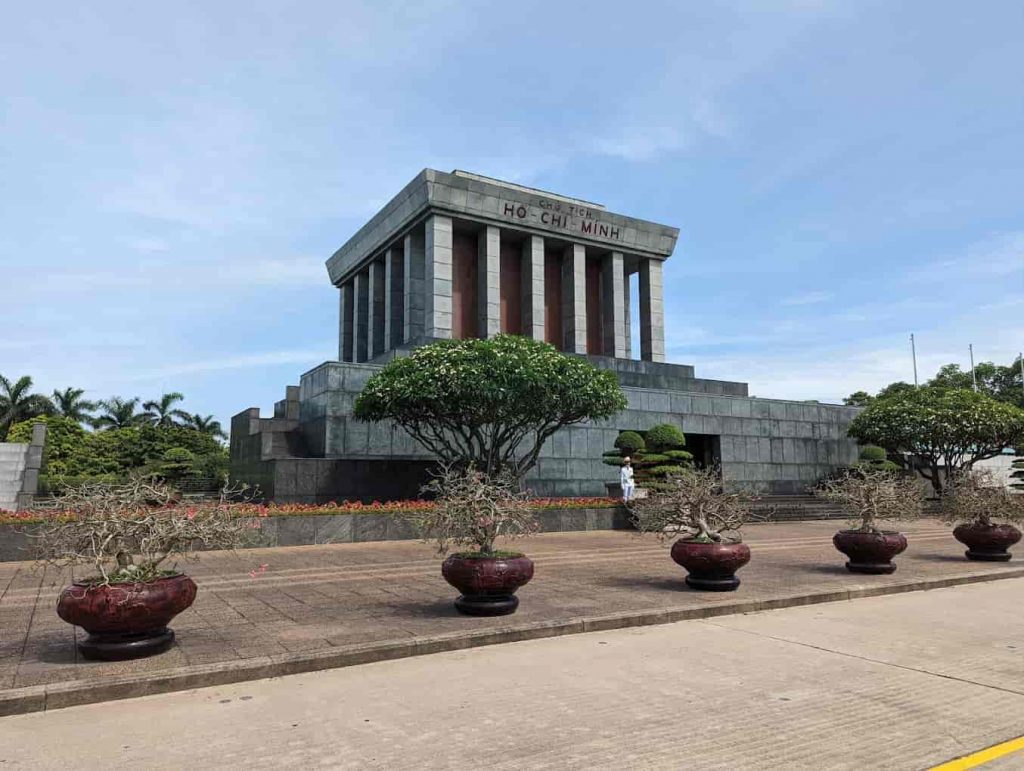
One Pillar Pagoda
- Address: One Pillar Pagoda Street, Ba Đình, Hanoi
- Ticket Price: Free
Located near Ba Đinh Square, the One Pillar Pagoda is also a Hanoi tourist attraction that draws visitors from various countries. This is a destination of cultural and spiritual significance in the heart of the capital. The One Pillar Pagoda features unique lotus-shaped architectural elements. When viewed from a distance, it resembles a blooming lotus on the surface of the pond.
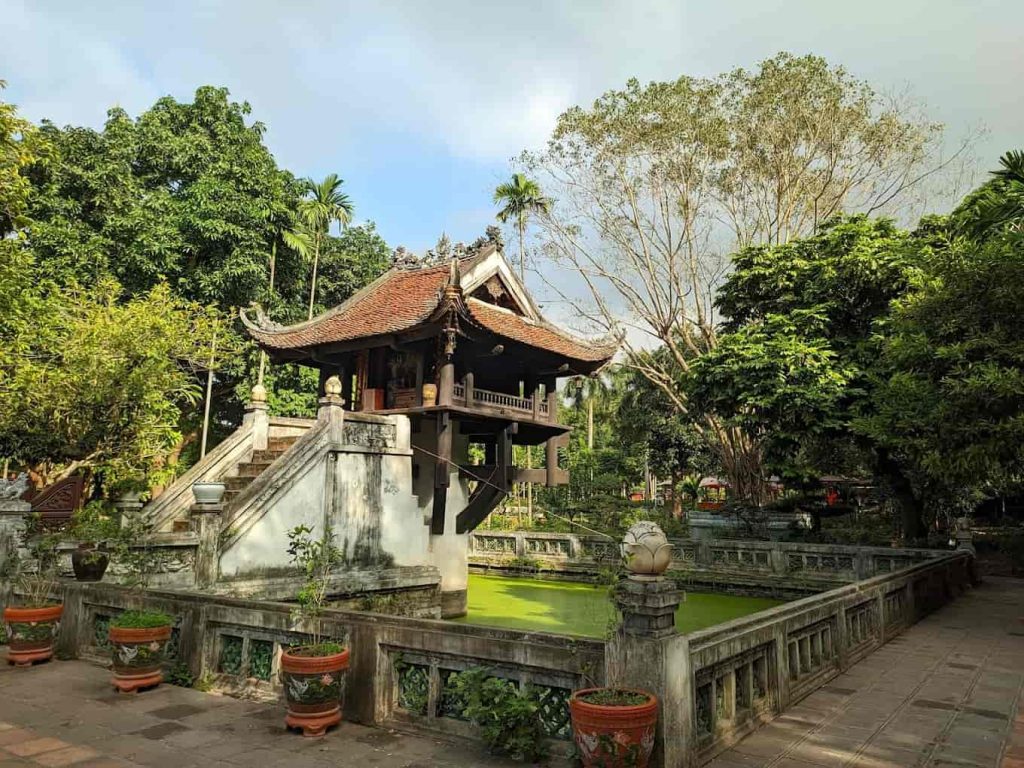
Long Bien Bridge
Long Bien Bridge is a historic structure that has left a lasting mark on the old capital. Despite the passage of many years, the bridge remains largely unchanged, without any significant renovations or paint jobs, weathered by the elements. It was once the longest and most beautiful bridge in Indochina and is now seen as a charming, rustic tourist destination in Hanoi. Whenever you visit, you’ll see people fishing in the morning and young people or couples gathering to sing, take photos, or enjoy the breeze in the evening.
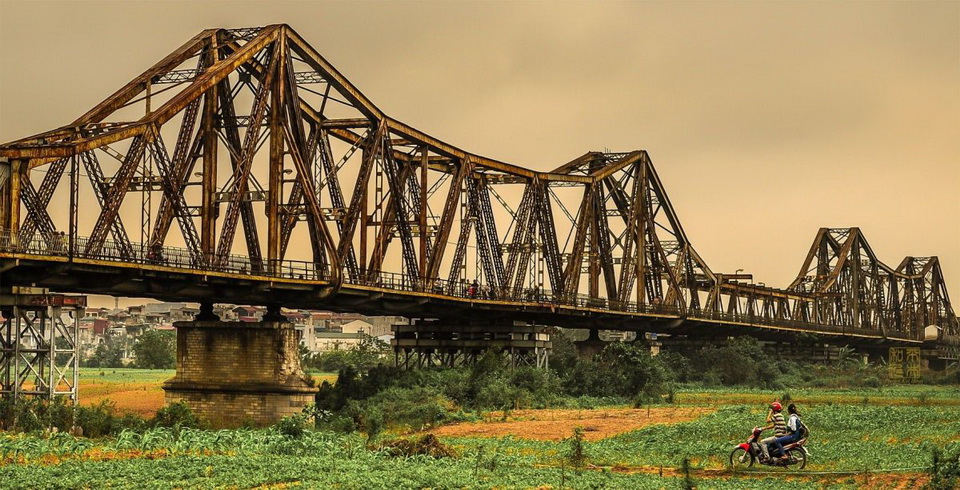
- Location: Ngoc Thuy, Long Bien, Hanoi
West Lake (Tay Lake), Hanoi
In addition to Hoan Kiem Lake, the landscape around West Lake in Hanoi is equally mesmerizing. It is like a giant mirror reflecting the sky and the cityscape, surrounded by tall straight trees, flower beds, and lush green grass. Perhaps, few residents in Hanoi haven’t taken a leisurely stroll around West Lake. Passing through Thanh Nien Road, often referred to as the “Korean Street,” you can visit the lotus pond, enjoy fried shrimp cakes or West Lake ice cream. The most romantic moments can be experienced during sunset.
- Location: Tay Ho District, Hanoi
St. Joseph’s Cathedral
If Saigon is famous for Notre-Dame Cathedral Basilica, Hanoi has St. Joseph’s Cathedral, also known as Hanoi’s Big Church. With its unique neo-Gothic architecture and spacious, airy interior, it has become a popular gathering spot for young people and tourists from all over. Here, you can enjoy various artistic forms like classical music, tuong (classical opera), cheo (traditional opera), and cai luong (reformed opera). It’s also a great place to savor delicious Vietnamese dishes like grilled sour pork, salty doughnuts, mixed rice paper, and rib porridge. However, note that when visiting the church, it’s advisable to wear modest clothing.
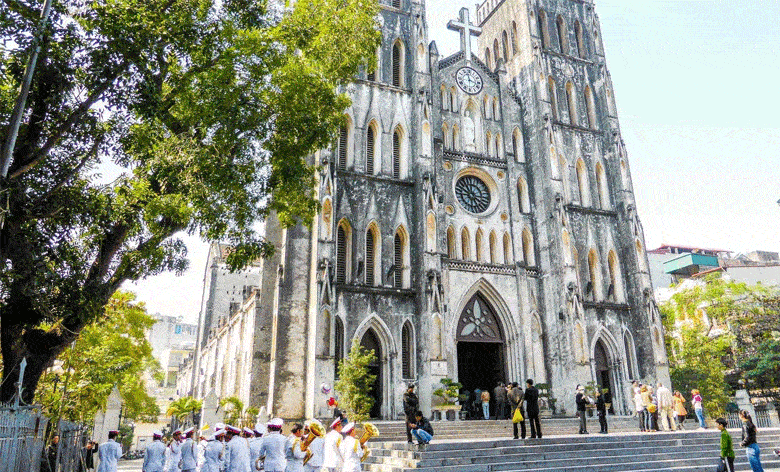
- Location: 40 Nha Chung Street, Hoan Kiem District, Hanoi
Imperial Citadel of Thang Long
The Imperial Citadel of Thang Long is a complex of historical relics associated with the Thang Long capital, recognized by UNESCO as a World Cultural Heritage site in 2010. This monumental architectural structure was built over many historical periods by Vietnamese kings. While it may not be magnificent or dazzling, the Imperial Citadel holds immense cultural and historical value spanning thousands of years. The most attractive feature here is the Ky Dai, also known as the Hanoi Flag Tower, symbolizing the spirit of national freedom. You can also explore Doan Mon, Kinh Thien Palace, and more within the Imperial Citadel.
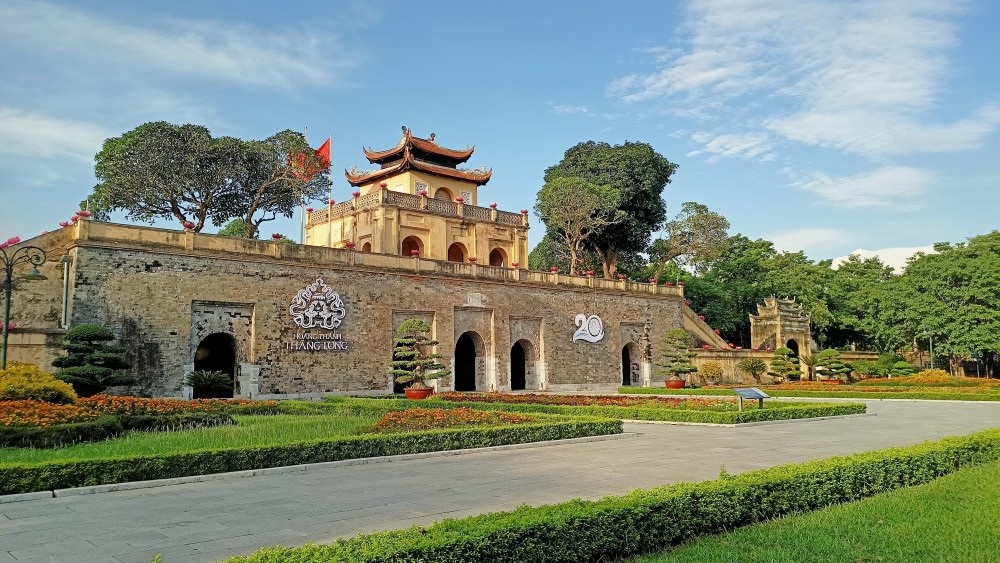
- Location: 19C Hoang Dieu, Dien Ban, Ba Dinh, Hanoi
Hanoi Opera House
Another must-visit tourist destination in Hanoi in 2023 is the Hanoi Opera House. It is a cultural and artistic landmark in the city, hosting various outstanding performances. Here, you can enjoy a wide range of artistic genres, including classical music, drama, cheo (traditional theater), and cai luong (reformed opera). If you want to explore the interior, you can purchase a full package ticket for 400,000 VND. If you only wish to visit without watching a performance, it might be a bit inconvenient, but it’s an experience worth trying if you have the time.

- Location: 1 Trang Tien Street, Phan Chu Trinh, Hoan Kiem, Hanoi
Temple of Literature
The Temple of Literature is considered the first university in Vietnam, dedicated to Confucius, scholars, and intellectuals of the nation. It has now become a historical and cultural relic, as well as an iconic symbol of Hanoi. Many visitors come here on occasions such as the Lunar New Year, Mid-Autumn Festival, or for students to pray for success in their studies.
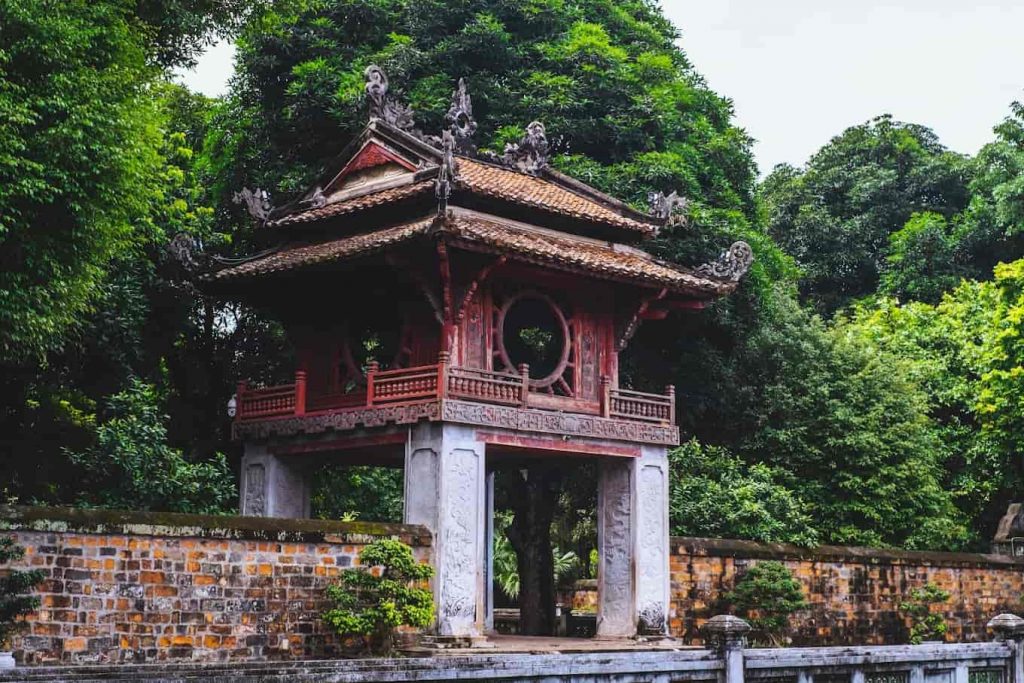
Hoa Lo Prison
Another famous historical site that cannot be overlooked is Hoa Lo Prison. In the past, it housed and imprisoned thousands of patriotic soldiers, Vietnamese revolutionaries, and prisoners of war who fought for the country’s independence, both physically and spiritually, under the yoke of French colonial rule. When you visit Hoa Lo Prison, you will see numerous documents and artifacts that reflect the political prisoner’s life under the French colonial rule, offering greater appreciation for their sacrifices.
- Location: 1 Hoa Lo Street, Tran Hung Dao, Hoan Kiem, Hanoi
Viet Phu Thanh Chuong
Located about 35 km from the city center, Viet Phu Thanh Chuong is an architectural complex built by artist Thanh Chuong to honor Vietnam’s ancient architectural heritage. When you visit this place, you can admire the beauty of Northern Vietnamese village life and explore precious artifacts from the past.
- Location: Hien Ninh, Soc Son, Hanoi
Hang Dau Water Tower
Hang Dau Water Tower, an ancient historical relic in the heart of the city, is located on the border of Hoan Kiem and Ba Dinh districts. The tower has various names, such as Hang Dau Water Tank, Quan Thanh Roundhouse, and Hang Dau Fort. While it’s not very tall, it is unique and has undergone several transitions and relocations, at times changing its function. Currently, the tower no longer stores water or supplies it to residents, but it remains a popular tourist attraction in Hanoi that many visitors explore.
- Location: Hang Dau Fort, Quan Thanh, Hoan Kiem, Hanoi
Tran Quoc Pagoda
- Address: 46 Thanh Niên Road, Yen Phu, Ba Dinh, Hanoi
Tran Quoc Pagoda, located on 46 Thanh Nien Road, Yen Phu, Ba Dinh, Hanoi, is one of the oldest and most significant Buddhist pagodas in the city. Situated on a small island in West Lake, this pagoda is renowned for its historical and spiritual importance. It features a beautiful combination of traditional Vietnamese and Buddhist architectural styles and is a popular destination for tourists and pilgrims alike. The tranquility and scenic beauty of Tran Quoc Pagoda make it a must-visit spot for those exploring Hanoi.

Quan Thanh Temple
Address: Thanh Nien Street, Ba Dinh District, Hanoi, Vietnam
Quan Thanh Temple, also known as Quan Thanh De Quan, is a historic Taoist temple located in Hanoi, Vietnam. This temple is known for its significance in Taoism and its cultural and historical importance. The primary deity worshipped here is Tran Vu, one of the principal Taoist deities associated with the protection of the North and the well-being of the country.
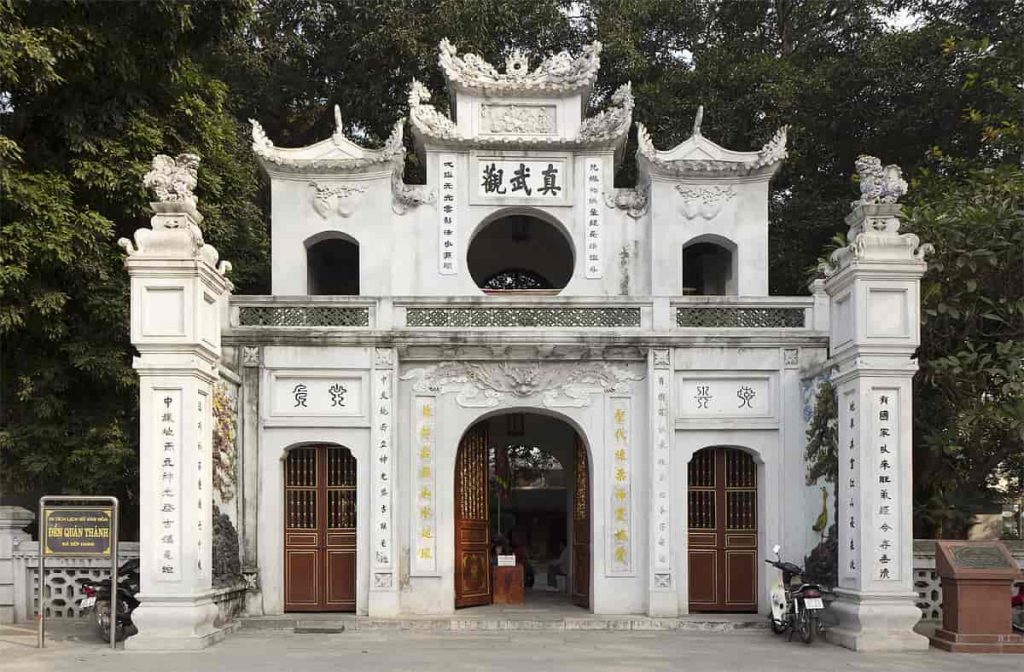
The temple is renowned for its stunning architecture, including a large bronze statue of Tran Vu, which is considered one of the four guardians of ancient Vietnamese pagodas. Visitors can explore the temple’s intricate design, serene ambiance, and beautiful gardens while learning about the rich history and traditions associated with Quan Thanh Temple. It is a popular destination for both tourists and those interested in Vietnamese culture and spirituality.
Touring Hanoi to visit unique, trending, and beautiful Hanoi attractions
Hem Bia Lost in Hong Kong
When talking about ideal tourist destinations in Hanoi, you can’t miss Hem Bia Lost in Hong Kong. It’s a unique place that makes young people restless, as it feels like you’re in the distant harbor of Hong Kong. Everything in this alley is decorated and themed with the colors of Hong Kong, creating a unique and attractive space, especially for young people and those who love capturing moments.
- Location: 12 Dao Duy Tu, Hang Buom, Hoan Kiem, Hanoi
Sky Walk Observation Deck
The Sky Walk observation deck is located on the 72nd floor of the Lotte Center building. This tourist attraction continues to attract visitors. From the Sky Walk, you can have a panoramic view of Hanoi within your grasp. You’ll feel a rush of adrenaline as you stand seemingly suspended at an altitude of 272 meters, surrounded by glass walls and a transparent floor. Additionally, there’s a hanging garden with beautiful postcards where you can take photos and enjoy some refreshing ice cream. This location is truly recognized as one of Hanoi’s most beloved scenic spots.
- Location: Level 65, 54 Lieu Giai, Ba Dinh, Hanoi
Mao Bookstore (Nhà sách Mão)
Mao Bookstore is a unique tourist destination in the heart of Hanoi, offering five spacious reading rooms covering about 200 square meters. It is often referred to as the “book sanctum.” When you step into this old bookstore, you’ll feel like you’ve entered a different world – one that’s ancient, peaceful, and mystical. If you’re a bookworm, you’ll have your passion satisfied with a variety of genres, from Vietnamese literature to foreign works, from life skills books to comics. Moreover, the bookstore’s design exudes an old-world charm, creating a perfect backdrop for young visitors.
- Location: Level 2, 5 Dinh Le, Hoan Kiem, Hanoi
AEON Mall Ha Dong
Compared to other districts, Ha Dong District is quite far, but it’s not any less vibrant. There are plenty of exciting entertainment and shopping spots, with AEON Mall Ha Dong being a standout destination. It’s the largest shopping center in the northern region and a tourist spot in Hanoi in 2023 that everyone should visit at least once. Many even call it a “virtual living paradise” because every corner is picture-perfect. The outside area, from the fantastic parking lot to the stylishly decorated restrooms, is full of unique decor and even the toilets are extremely luxurious and glittering.
- Location: Hoang Van Thu Residential Area, Duong Noi, Ha Dong, Hanoi
Phung Hung Street Art
Introduced in early February 2019, Phung Hung Street Art has received a warm welcome, especially from young people. Vietnamese and Korean artists have beautifully depicted 17 arches of the Phung Hung Street railway with stunning murals that look lifelike, creating a unique space. The “hype” around this street art is predicted to continue in 2023, so make sure to plan your visit.
- Location: 27b Phung Hung, Hang Ma, Hoan Kiem, Hanoi
Vinpearl Aquarium – Times City
Another exciting amusement park in Hanoi is the Vinpearl Aquarium at Times City. It offers a journey to explore the mysterious ocean with a series of records, such as being the first underwater tunnel in Hanoi, the birthplace of the first penguin in Vietnam, and introducing various marine species for the first time in the country. Vinpearl Aquarium – Times City provides a complete and enjoyable experience for you and your family.
The most beautiful Hanoi tourist destinations in the evening
Ta Hien Beer Street
The first place to mention when it comes to nightlife tourism in Hanoi is Ta Hien Beer Street. This street is located in the Old Quarter, at the intersection of Ta Hien and Luong Ngoc Quyen. It’s always crowded every evening, with young people and tourists gathering to eat, drink, relax, enjoy live music, and sing. The street is known for serving various types of beer, with the most famous being “bia hoi.” In addition to the beer, you can find many delicious and enticing dishes like boiled snails, mixed noodles, grilled quails, and crispy Vietnamese pancakes (banh xeo).
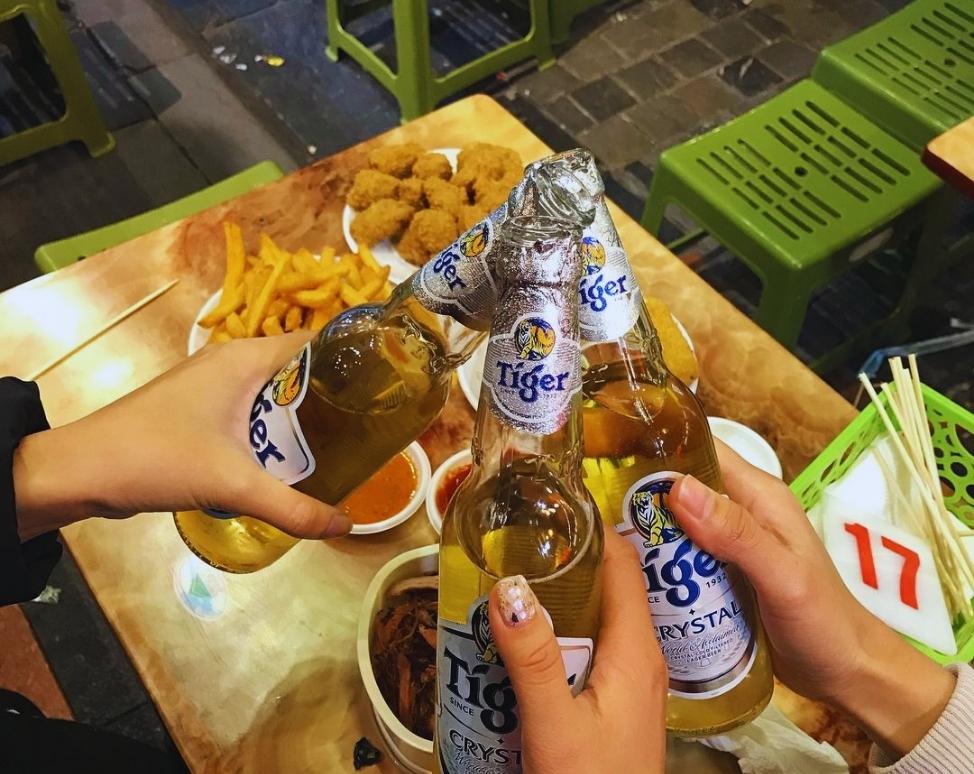
- Location: Ta Hien Street, Hoan Kiem District, Hanoi
Hang Buom Food Street
Hang Buom Food Street only comes to life after dark, opening at 7:30 PM and closing at midnight from Friday to Sunday. As a street dedicated to food, it offers a wide range of delicious dishes, primarily featuring Northern specialties, making it especially popular among locals and tourists. Besides food, you can also shop for clothing, hats, shoes, and souvenirs.
- Location: Hang Buom Street, Hoan Kiem District, Hanoi
Dong Xuan Night Market
It would be a missed opportunity not to visit Dong Xuan Market, an ancient bustling market that offers a wide variety of products, including household items, clothing, textiles, and famous Hanoi specialties. Taking a stroll through this night market to witness the locals’ way of life, taste some delicious dishes, or enjoy a refreshing cup of cold drinks is a great experience. Moreover, you can find many things at budget-friendly prices.
- Location: Located in the Old Quarter, Hoan Kiem District, Hanoi
These are some of the most famous and beautiful tourist destinations in Hanoi for 2023, as recommended by DanangPrivateCar.com’s. If you are wondering where to go and what to experience in Hanoi, Vietnam, especially at night, be sure to save this article for your reference. Have a wonderful and memorable trip with your loved ones and family!


